Representative symbols are recognized by state legislatures, territorial legislatures, or traditions in the US states, districts, and territories. Some, such as flags, seals, and birds, have been created or chosen by all U.S. governments. Here is the list of state mammals in the United States with their illustrations.
.png)
In 1996, Alabama made the black bear its official state mammal.
Black bears are extremely intelligent, shy, and secretive animals; seeing one in the wild is a once-in-a-lifetime opportunity. Black bears (Ursus americanus) are not always black; they can also be cinnamon, white, beige, or "blue" (slate gray).
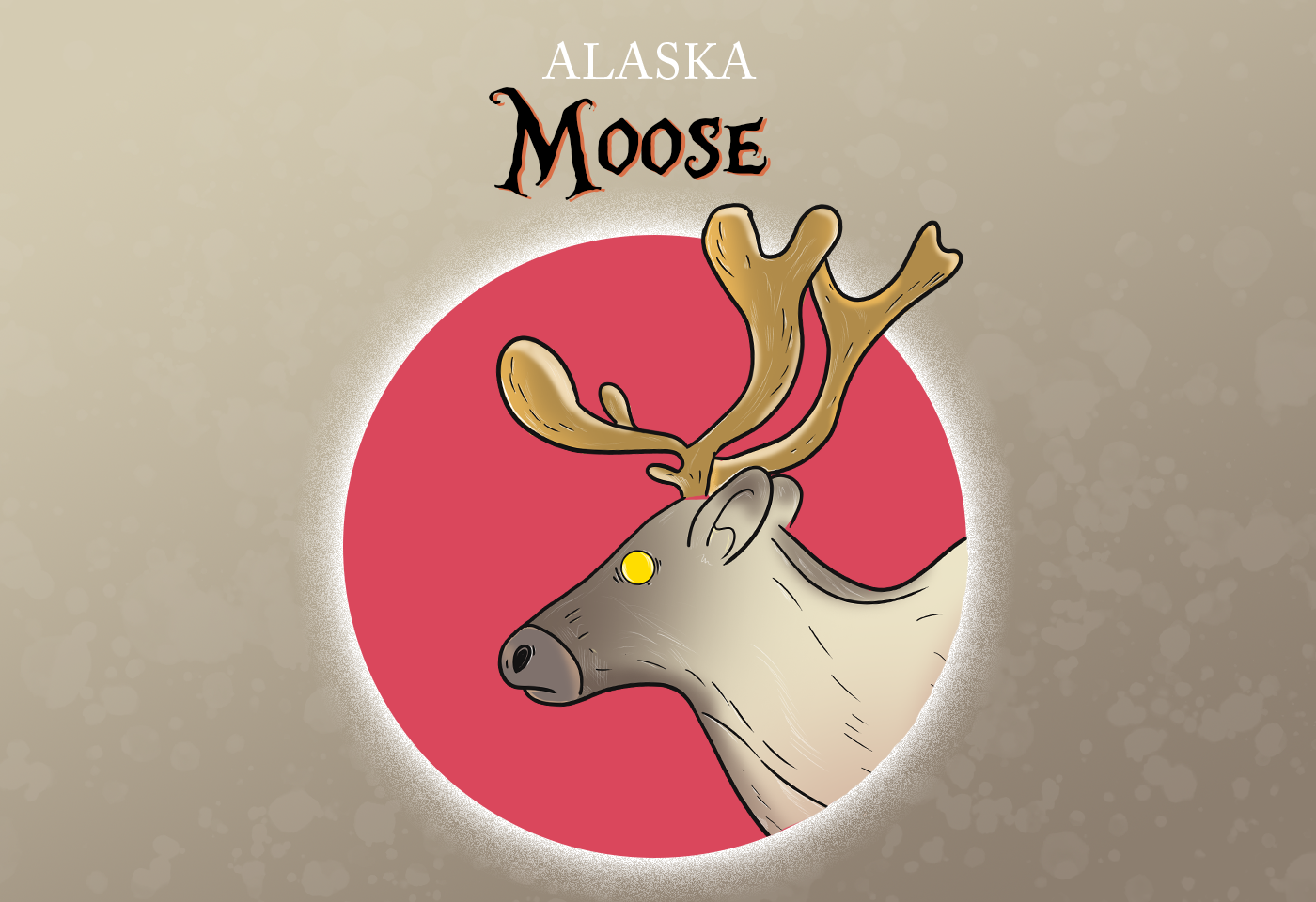
In 1998, the moose was designated as the "official Alaska land mammal" (the moose is also a state symbol of Maine).
The world's largest member of the deer family is the moose, and the Alaskan moose is the largest of all moose (males weigh 1,000 - 1,600 pounds). Moose are primarily found in the northern forests of North America, Europe, and Russia (in Europe they are called "elk").
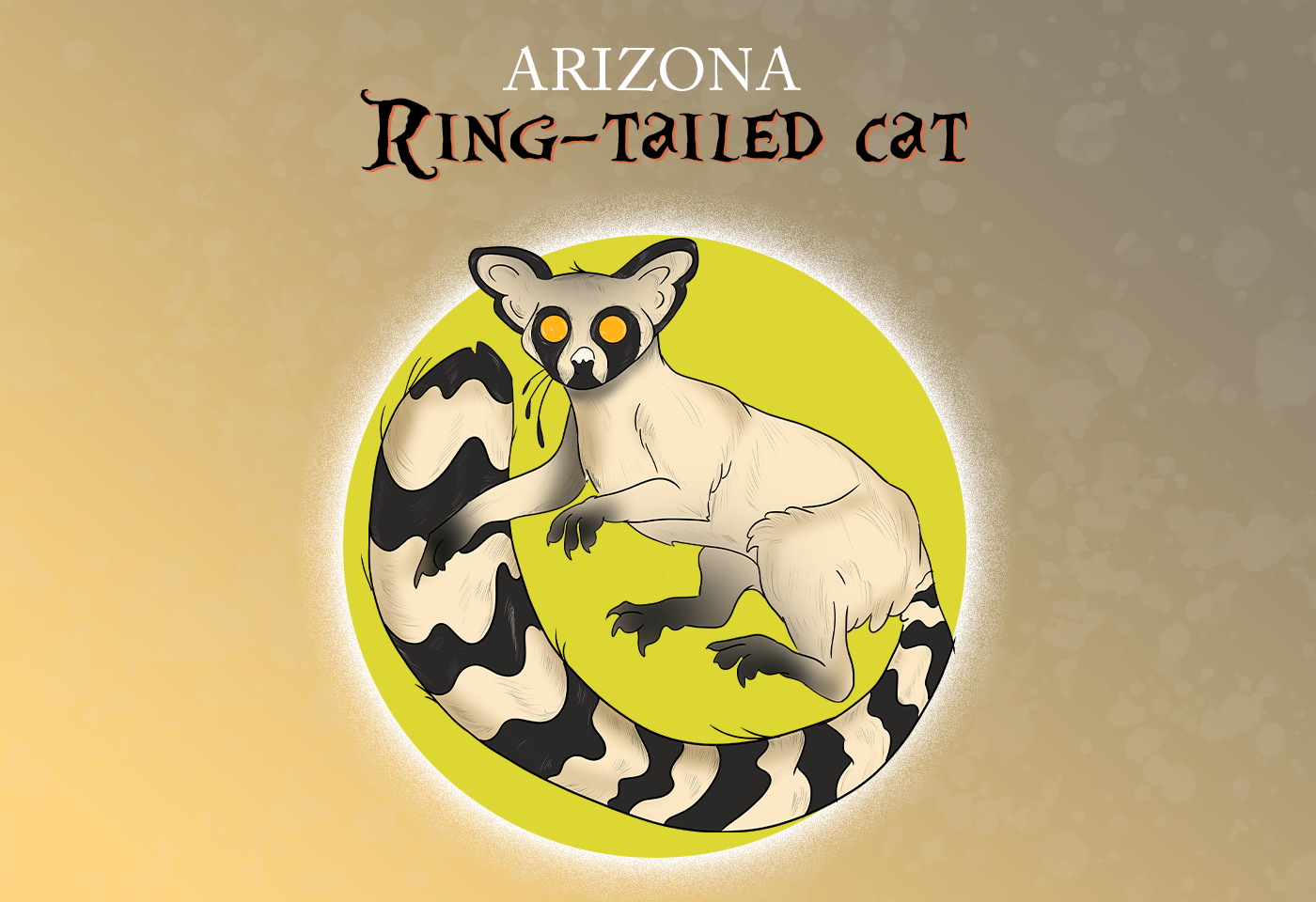
In 1986, the Arizona ringtail (Bassariscus astutus) was designated as the state mammal.
Ringtail cats, also known as miner's cats and cacomistles, are cat-sized carnivores that resemble a small fox with a long raccoon-like tail - in fact, they are related to raccoons and coatimundi. The tail is approximately the same length as the head and body, with 14-16 black and white bands and a black tip. Each ringtail foot has five toes with sharp, curved, non-retractable claws.
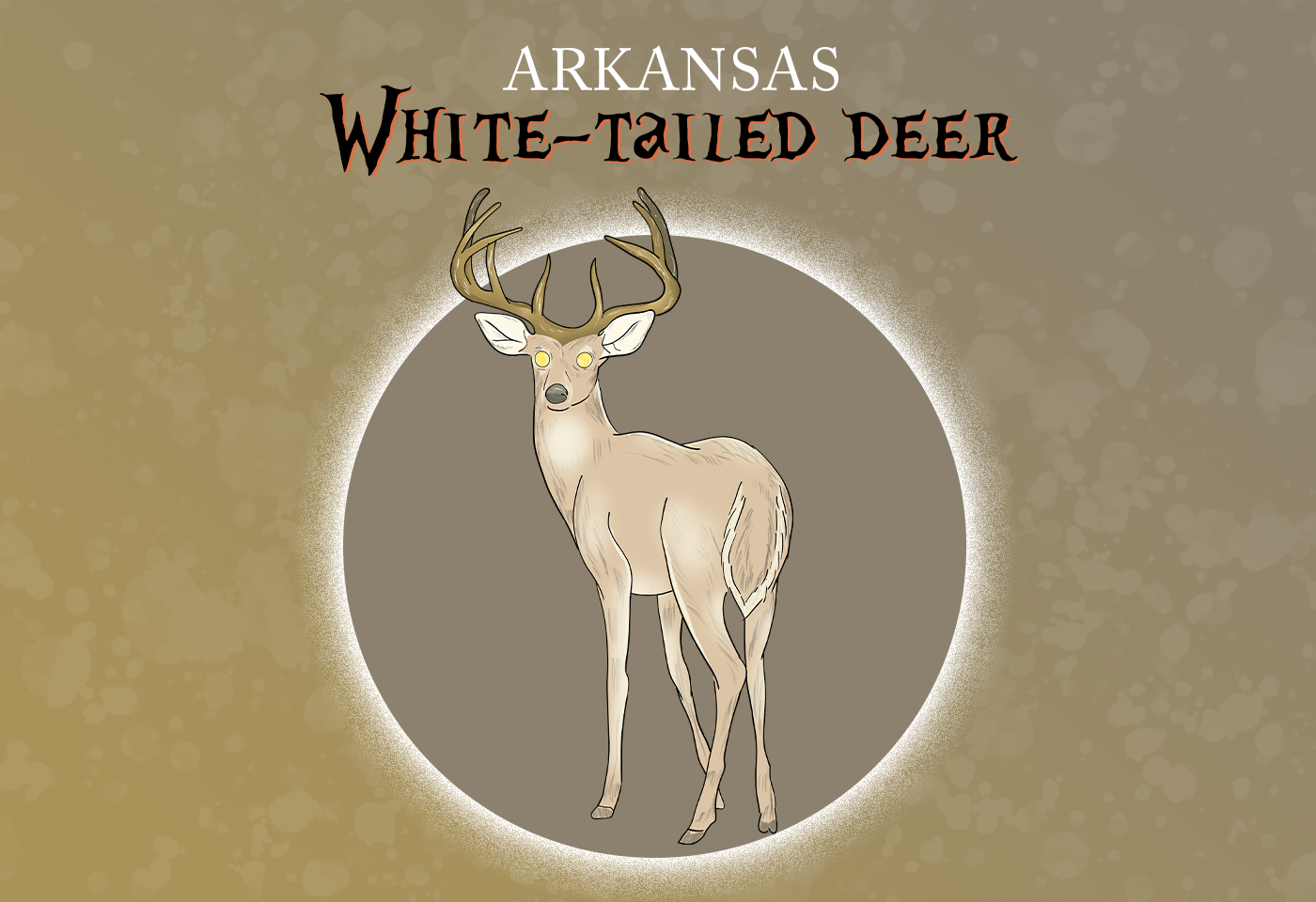
Arkansas designated the white-tailed deer as its state mammal in 1993. The white-tailed deer is a magnificent animal that can run up to 40 miles per hour, jump 9-foot fences, and swim 13 miles per hour. When running, the white underside of the deer's tail waves and flashes as a warning when danger is detected. Native Americans and early settlers both relied on white-tailed deer for buckskin and food.
White-tailed deer is the most popular official state mammal of eleven states.
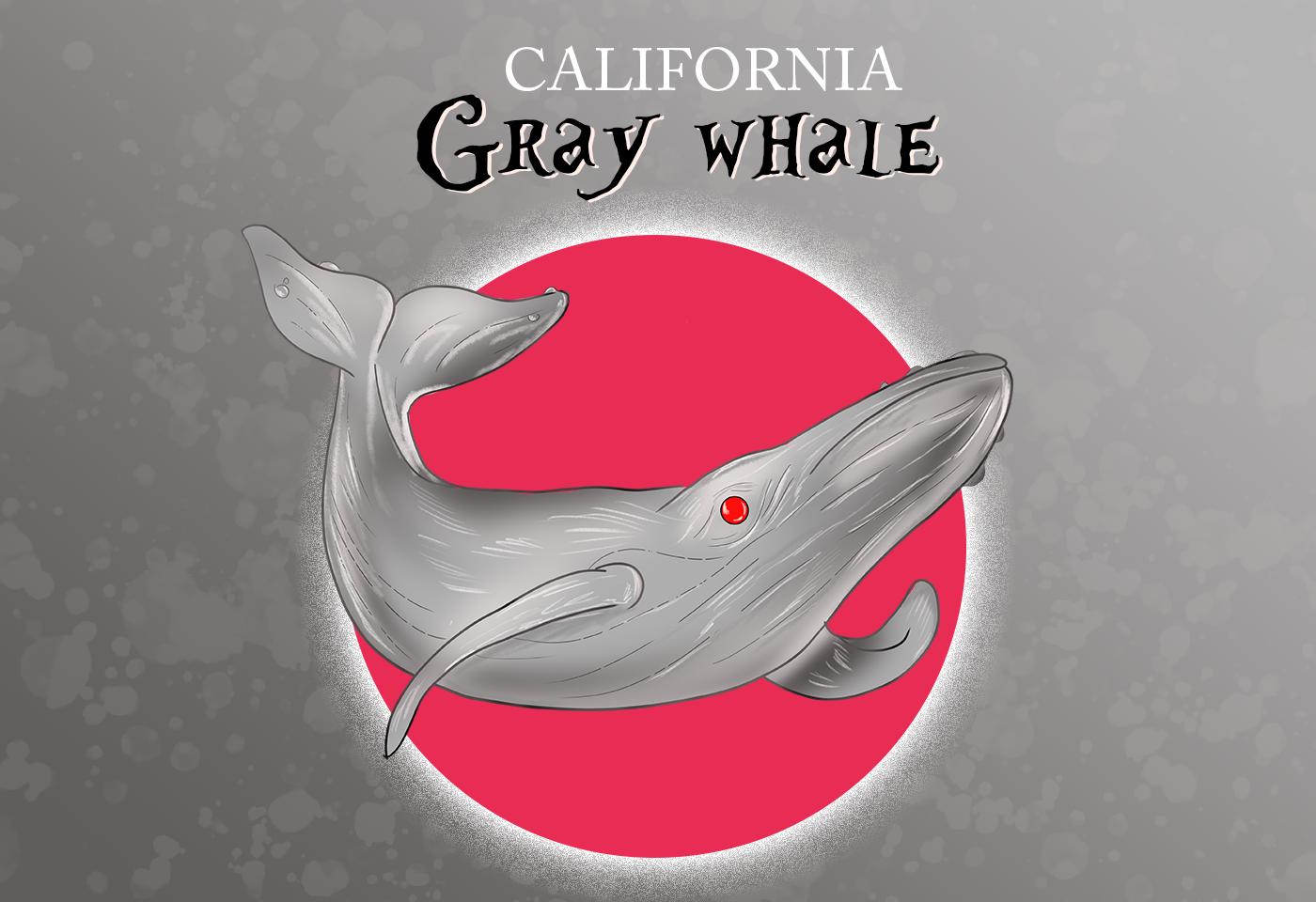
In 1975, California designated the endangered California gray whale (Eschrichtius robustus) as the state marine mammal.
The California gray whale can be seen traveling in small groups along the California coast on their 6,000 to 7,000 mile journey from the western Bering Sea to their mating area in Baja California and back. The California gray whale is 35 to 50 feet long and weighs 20 to 40 tons.

The magnificent Rocky Mountain bighorn sheep was named Colorado's official state animal in 1961.
Rocky Mountain bighorns (Ovis canadensis) are found only in the Rockies, usually above the timberline, in extremely rugged terrain. They are named for their massive, curling horns (which can grow to 50 inches in length) and are known for their agility and perfect balance. Their horns do not shed annually like deer and elk antlers but instead grow in length and circumference throughout the sheep's life (a pair can weigh nearly 30 pounds).
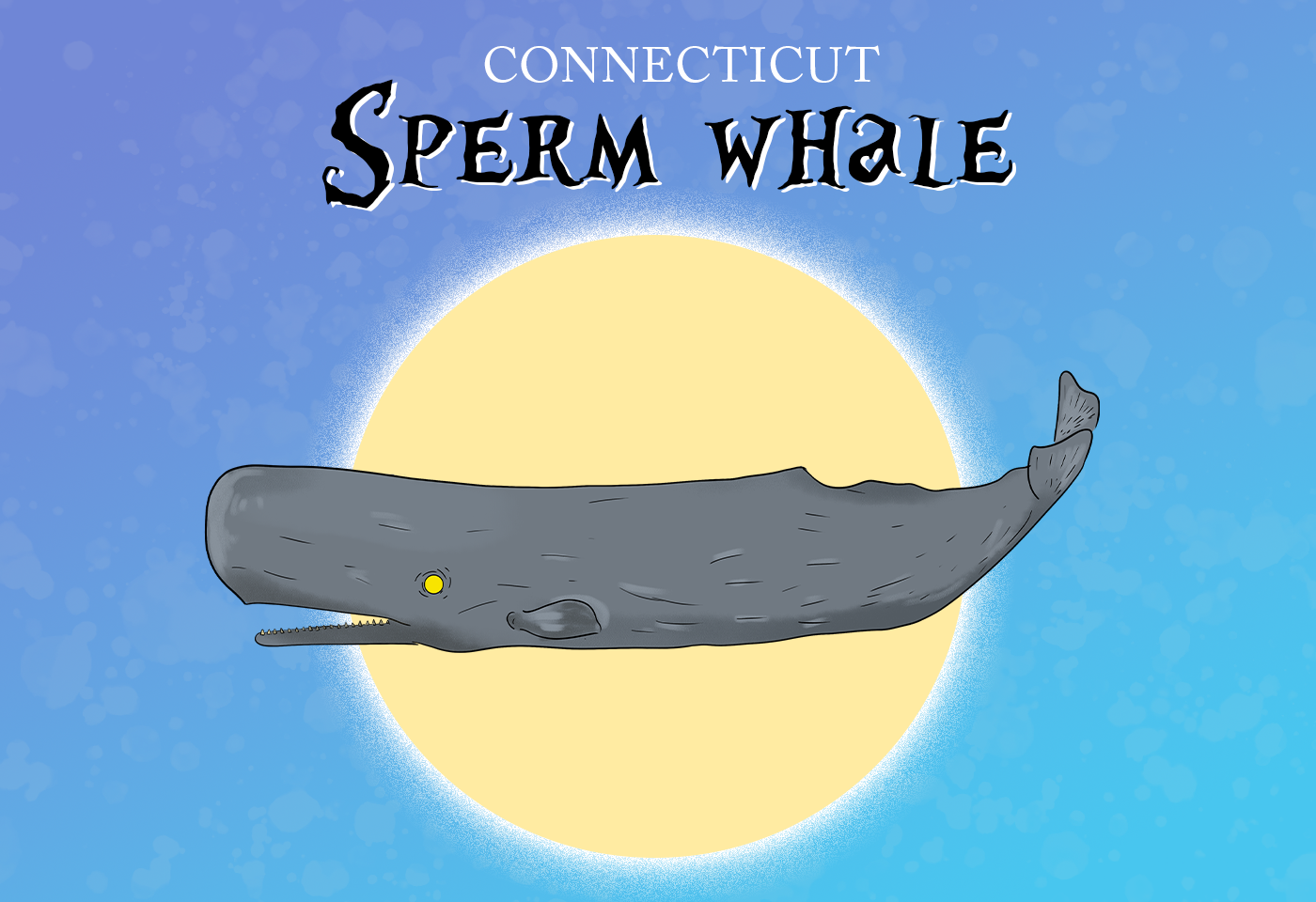
In 1975, Connecticut made the sperm whale (Physeter macrocephalus) its official state animal.
The sperm whale played an important role in Connecticut's history. In the 1800s, Connecticut was second only to Massachusetts in the whaling industry. The sperm whale is now on the federal endangered species list.
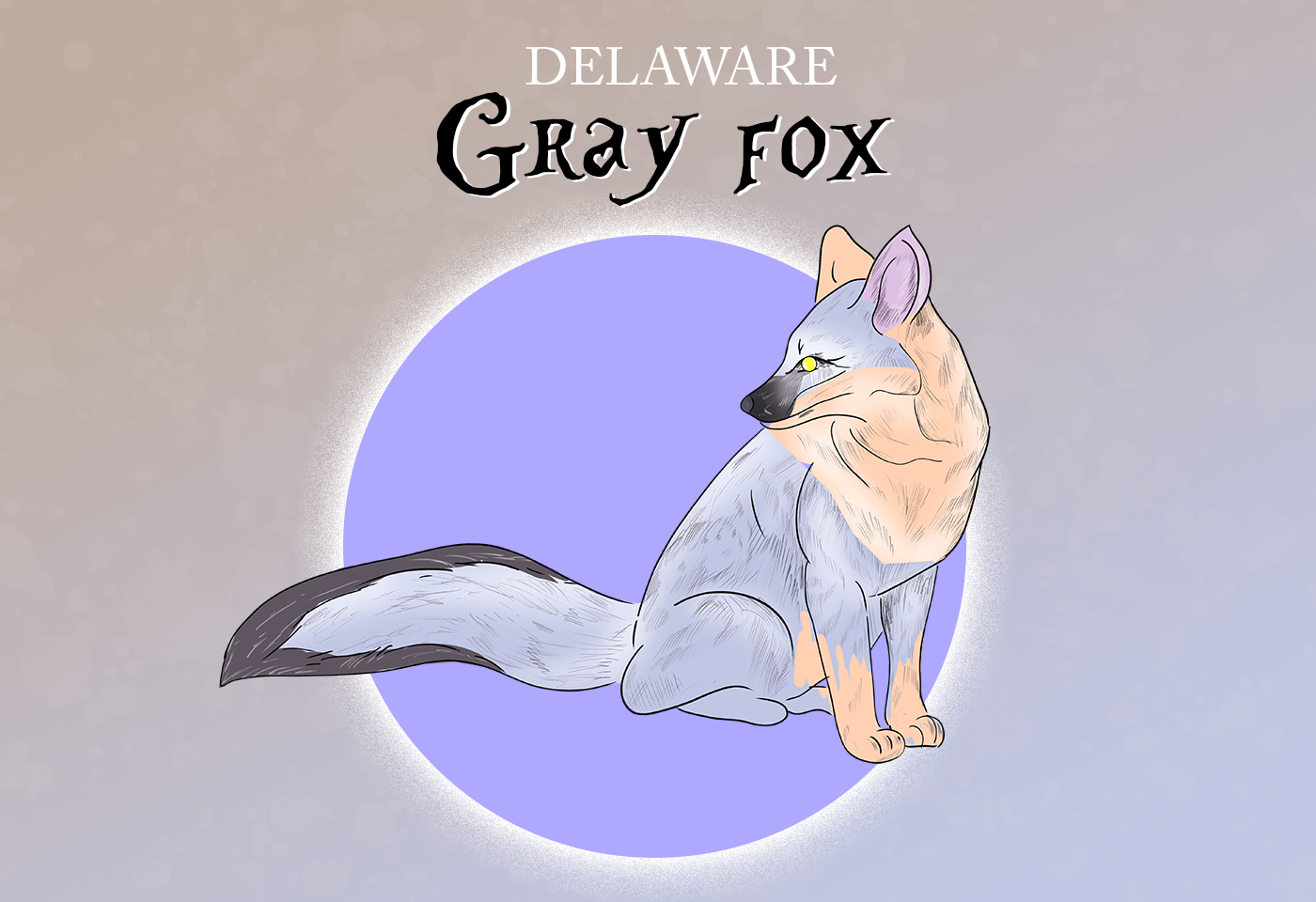
In recognition of Delaware's wildlife heritage and commitment to environmental protection and species preservation, Delaware designated the grey fox (Urocyon cinereoargenteus) as the official state wildlife animal in 2010.
This animal is native to Delaware and is thought to have existed for 7 to 10 million years. The grey fox is the only member of the canid family that can climb trees. It can also run at speeds of up to 28 miles per hour!
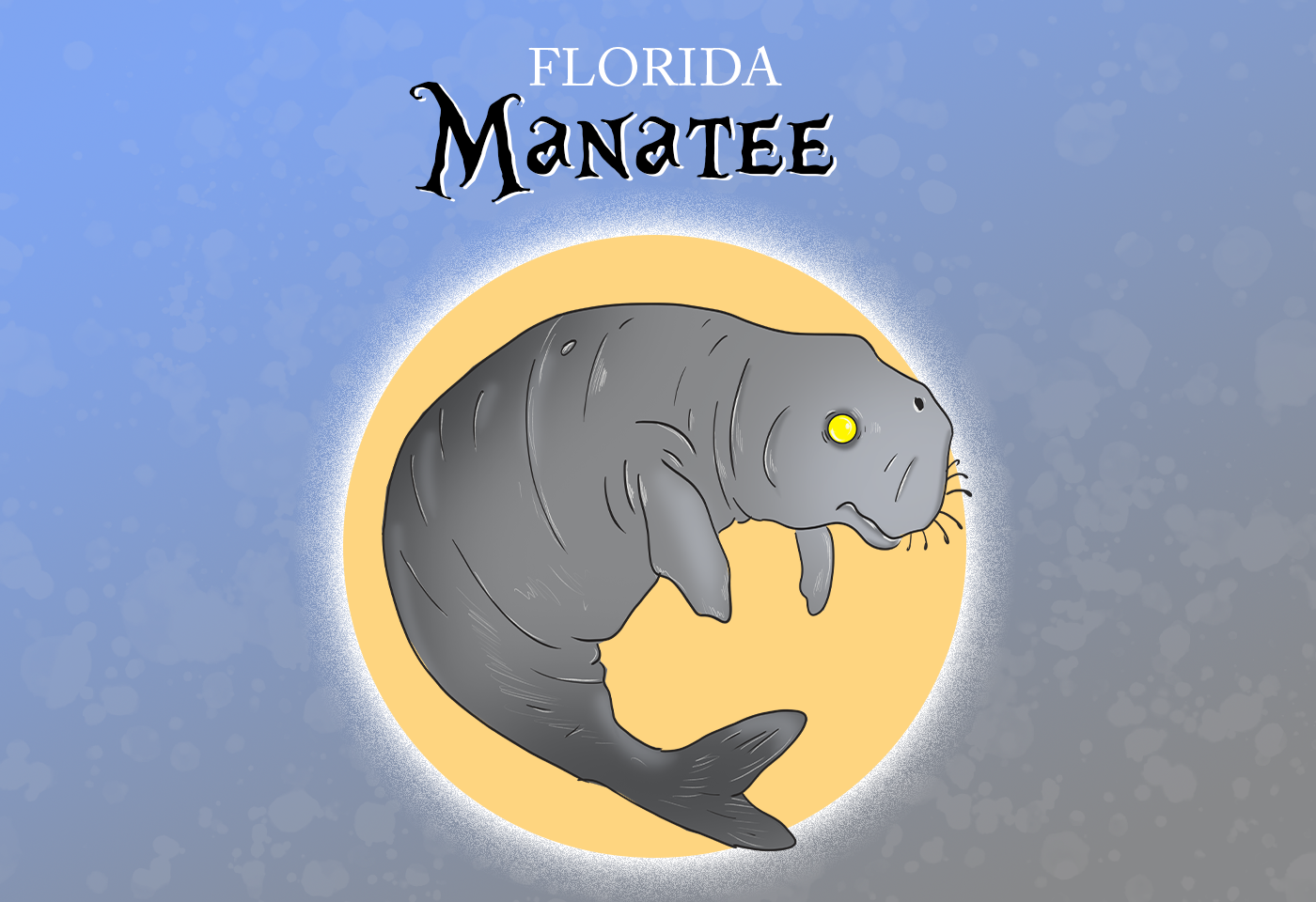
In 1975, the manatee (Trichechus manatus) was designated as Florida's official state marine mammal.
Manatees can be found in a variety of habitats, including coastal waters, rivers, saltwater bays, estuaries, and canals (anywhere seagrass beds can be found). This gentle giant is one of America's most endangered marine mammals. Manatees are completely herbivorous (eat plants), consuming up to 15% of their body weight in vegetable matter daily.
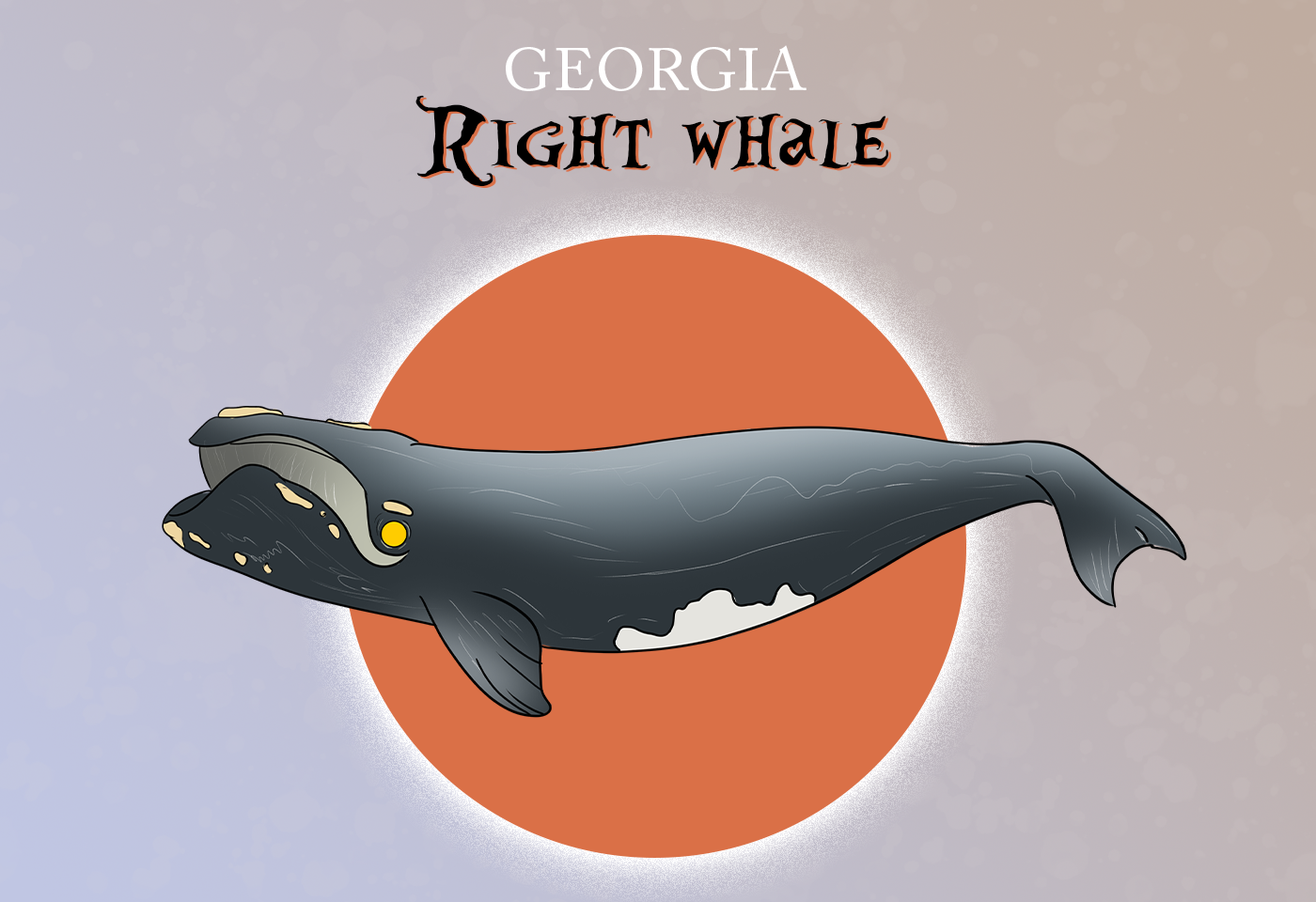
In 1985, Georgia made the critically endangered northern right whale its official state marine mammal. The right whale, the only great whale native to Georgia waters, calves in Georgia's coastal waters.
The existence of the right whale has been threatened since it was named "right whale" by whalers around 800 years ago (the "right" whale to hunt because they swim slowly, close to the surface, close to shore, and float when killed because of the abundant blubber). Whale oil was used in lamps and perfume, and their baleen was used to make buggy whips, umbrella ribs, corset stays, hair brushes, and a variety of other items.
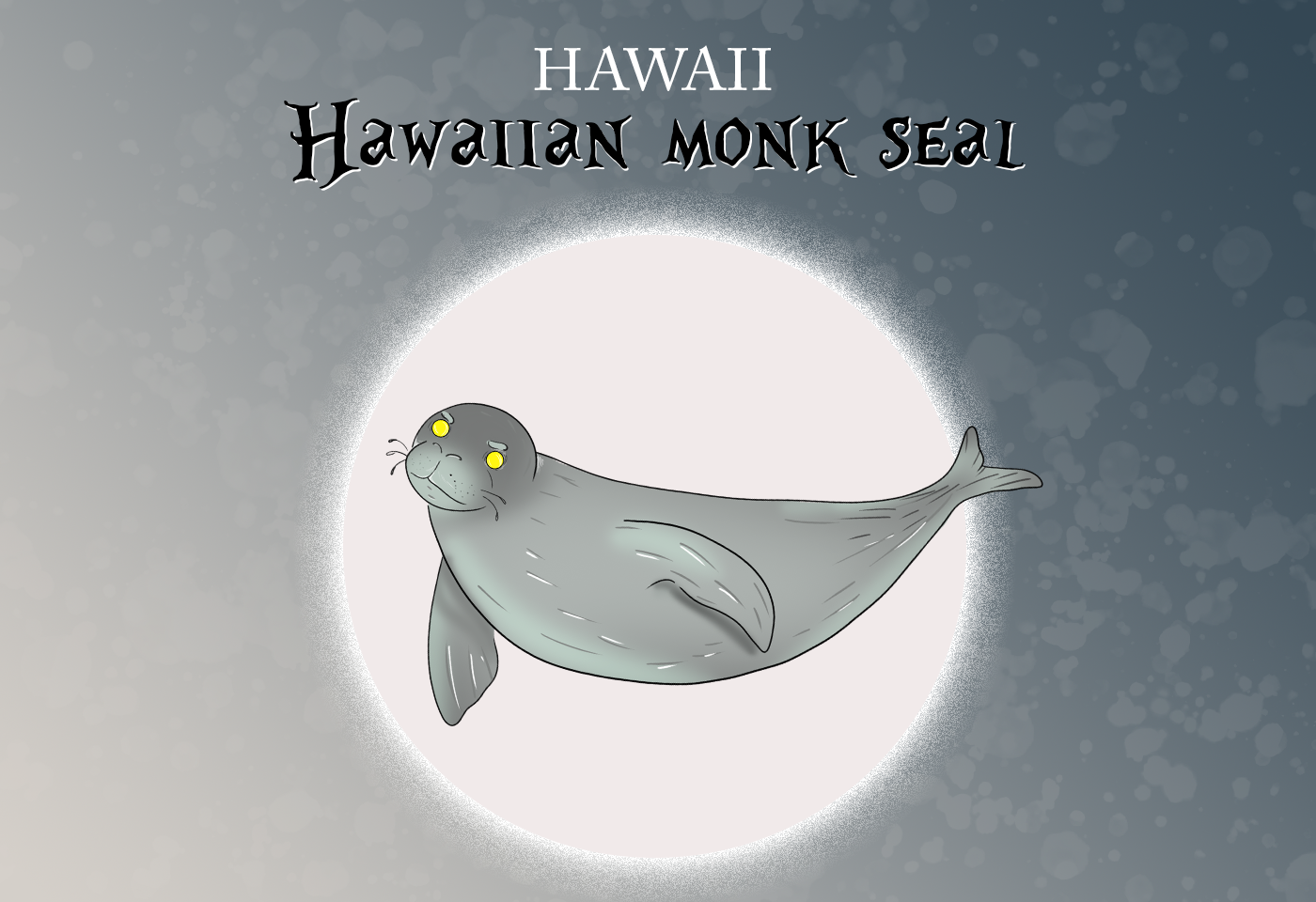
In 2008, the endangered Hawaiian monk seal was designated as Hawaii's official mammal symbol.

In 1975, Idaho made the native appaloosa its official state horse.
Appaloosas were originally thought to be tough range horses. Idaho has a custom license plate with an Appaloosa horse on it (Idaho was the first state to offer a license plate featuring a state horse).

Illinois designated the white-tailed deer as the official state animal in 1980 after winning the vote of the schoolchildren of Illinois.
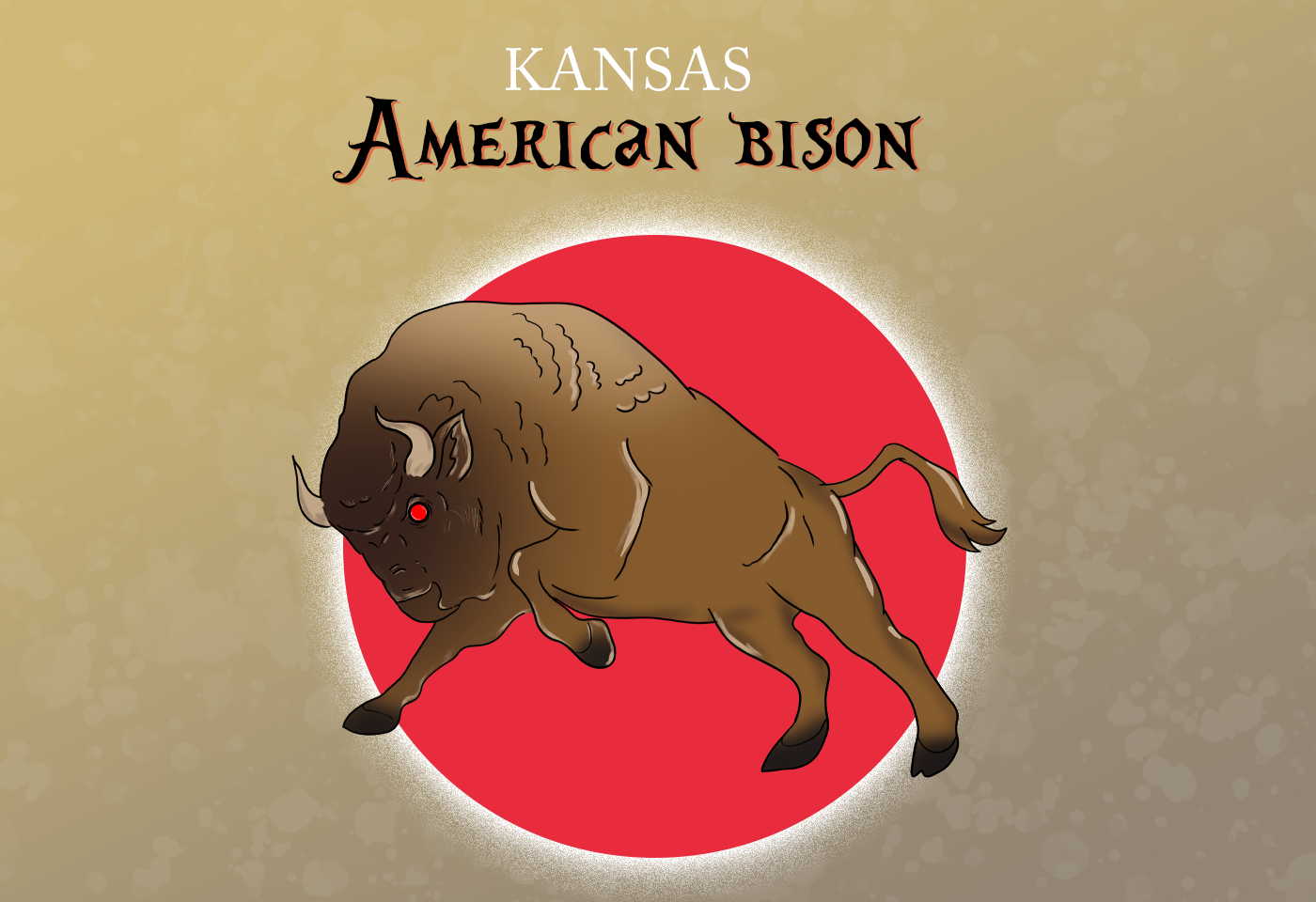
In 1955, the American Bison was designated as Kansas' official animal symbol.
On the Kansas state flag and seal, Native Americans pursue a herd of buffalo, and a buffalo appears on the United States Mint's bicentennial commemorative Kansas quarter.
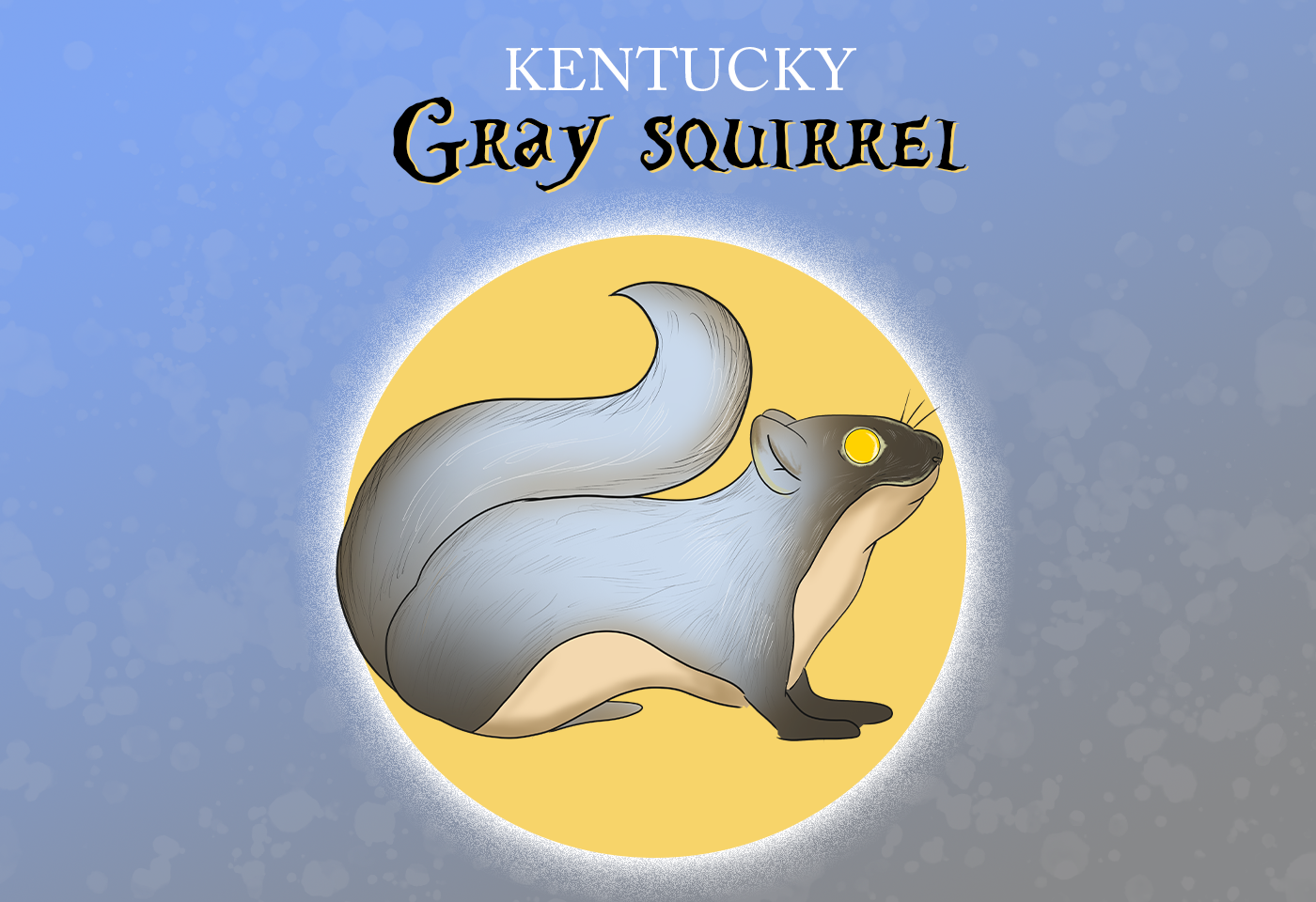
In 1968, the eastern gray squirrel (Sciurus carolinensis) was designated as Kentucky's official state wild animal game species. The gray squirrel is a rodent that has lived in North America for over 37 million years.
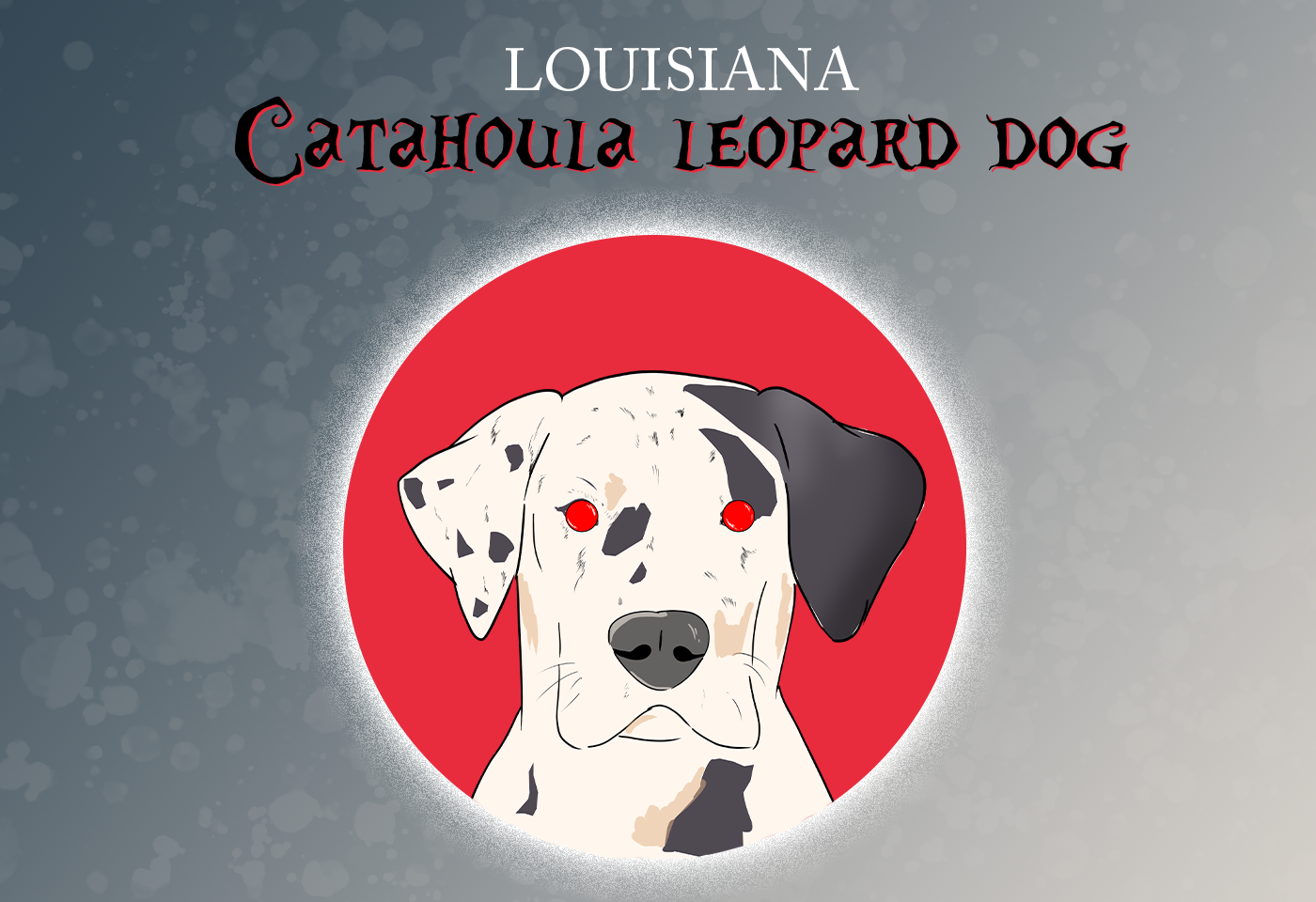
In 1979, the Catahoula leopard dog was named the official state dog of Louisiana. Catahoula leopard dogs are bred to find livestock in any terrain - swamps, canyons, forests, or mountains - and are the largest and most aggressive cattle dogs, capable of handling wild cattle and hogs in the most difficult terrain. Leopard dogs are the only native domesticated dog breed in North America, having been developed by Indians and early settlers.
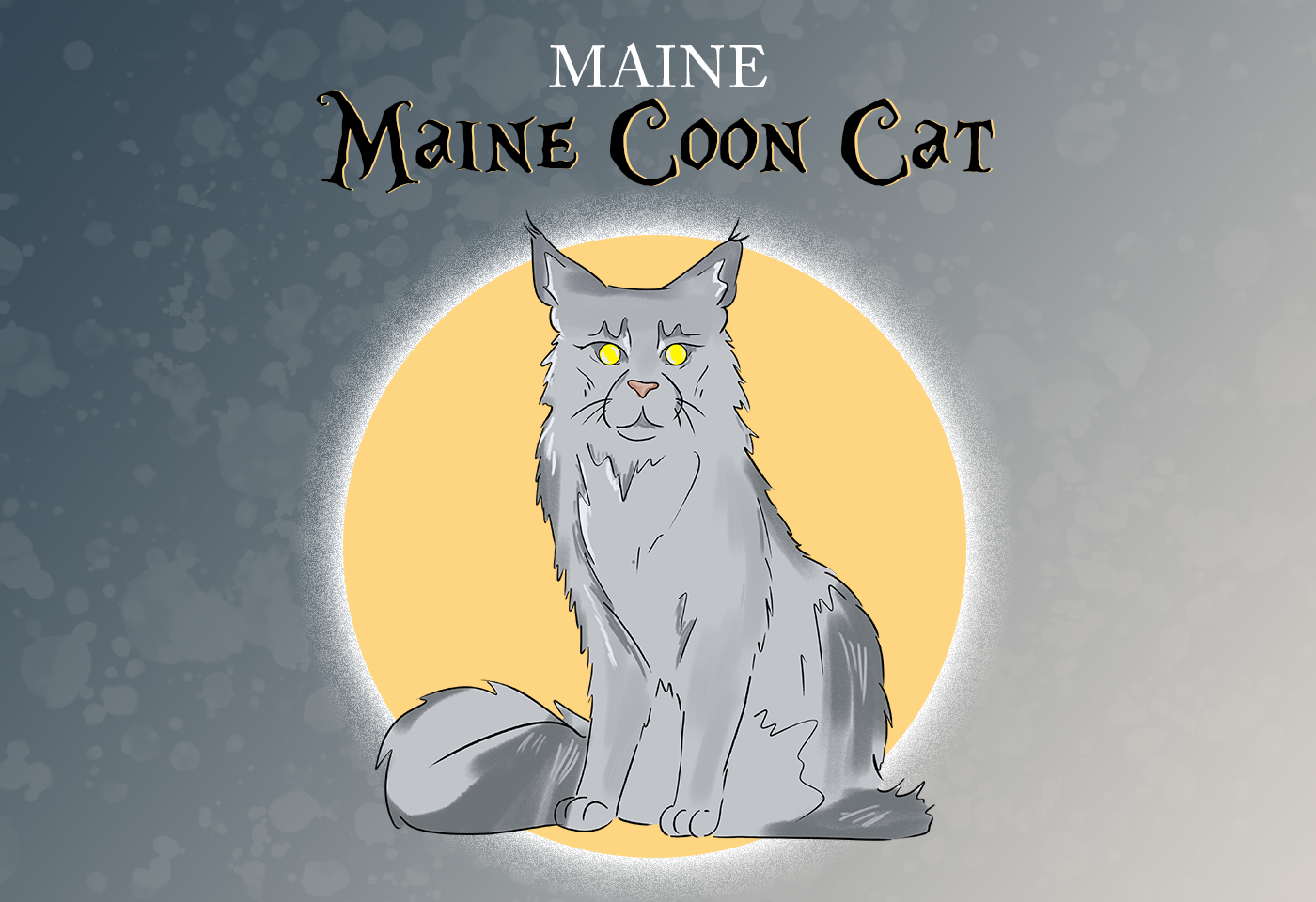
In 1985, the Maine coon cat was designated as the state cat of Maine. Maine coon cats are one of North America's oldest natural breeds, having been around for more than a century. Though tabby coloring is the most common, Maine coon cats come in a variety of colors.
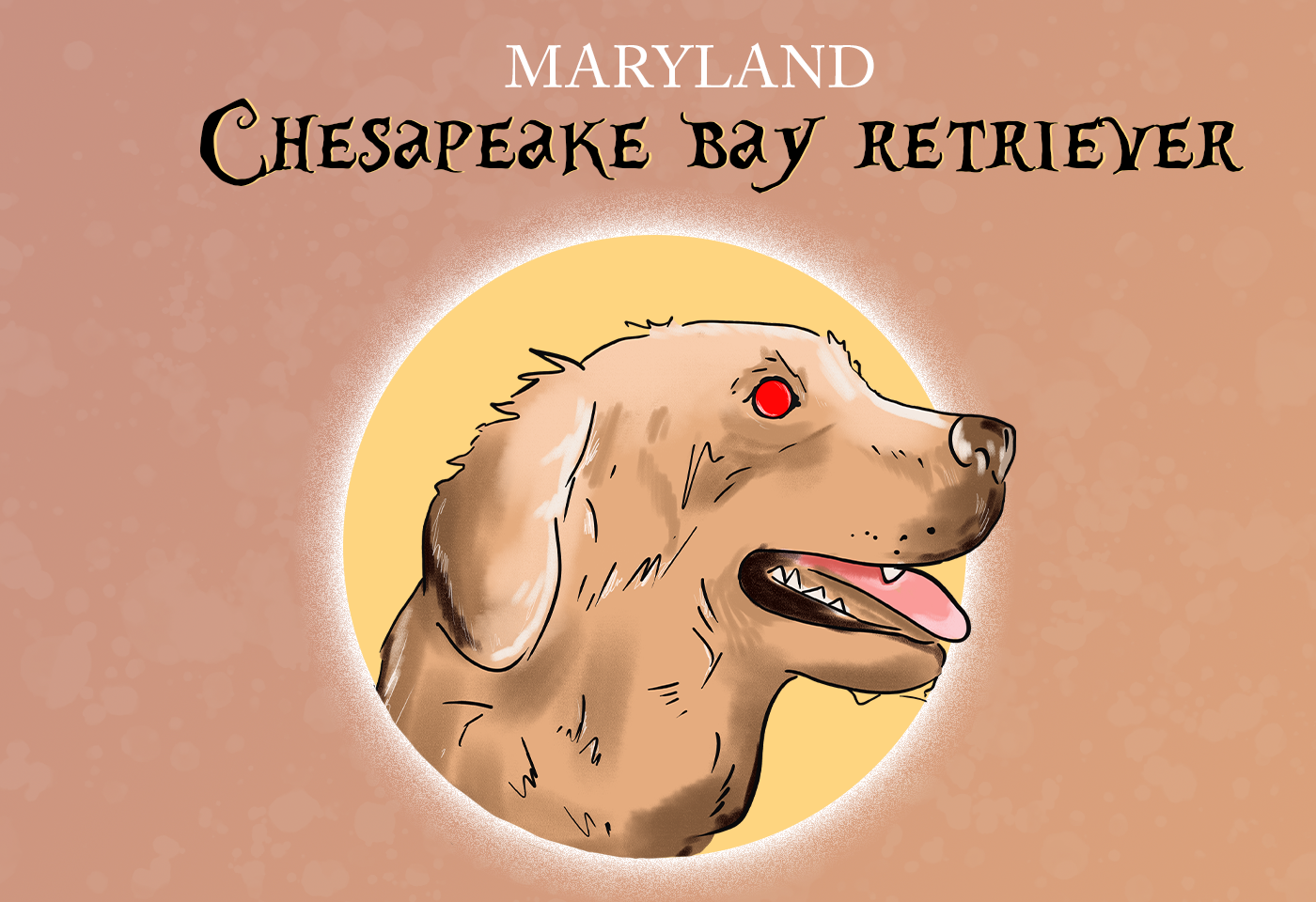
The Chesapeake Bay Retriever, named after the famous Bay region where the breed originated, was named the official dog of Maryland in 1964.
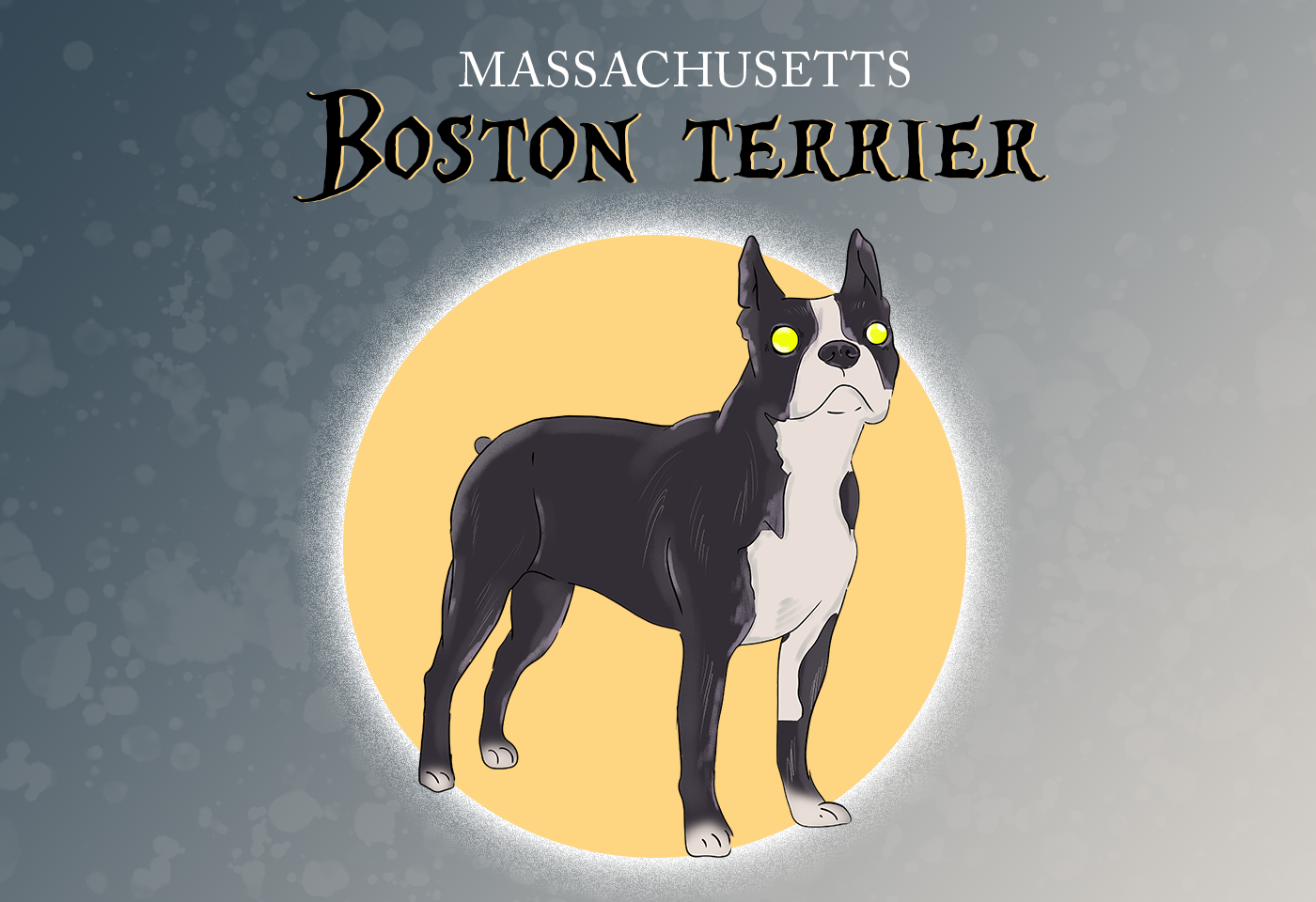
In 1979, the Boston terrier (Canis familiaris bostenensis) was named the official state dog of Massachusetts. The Boston terrier, a cross between an English bulldog and an English terrier, was America's first "purebred" dog (1869). The Boston terrier is a joy to own; he is intelligent and full of energy. Boston terriers are friendly and sensitive dogs who are easy to train.

In 1997, Michigan made the white-tailed deer the official state game animal.
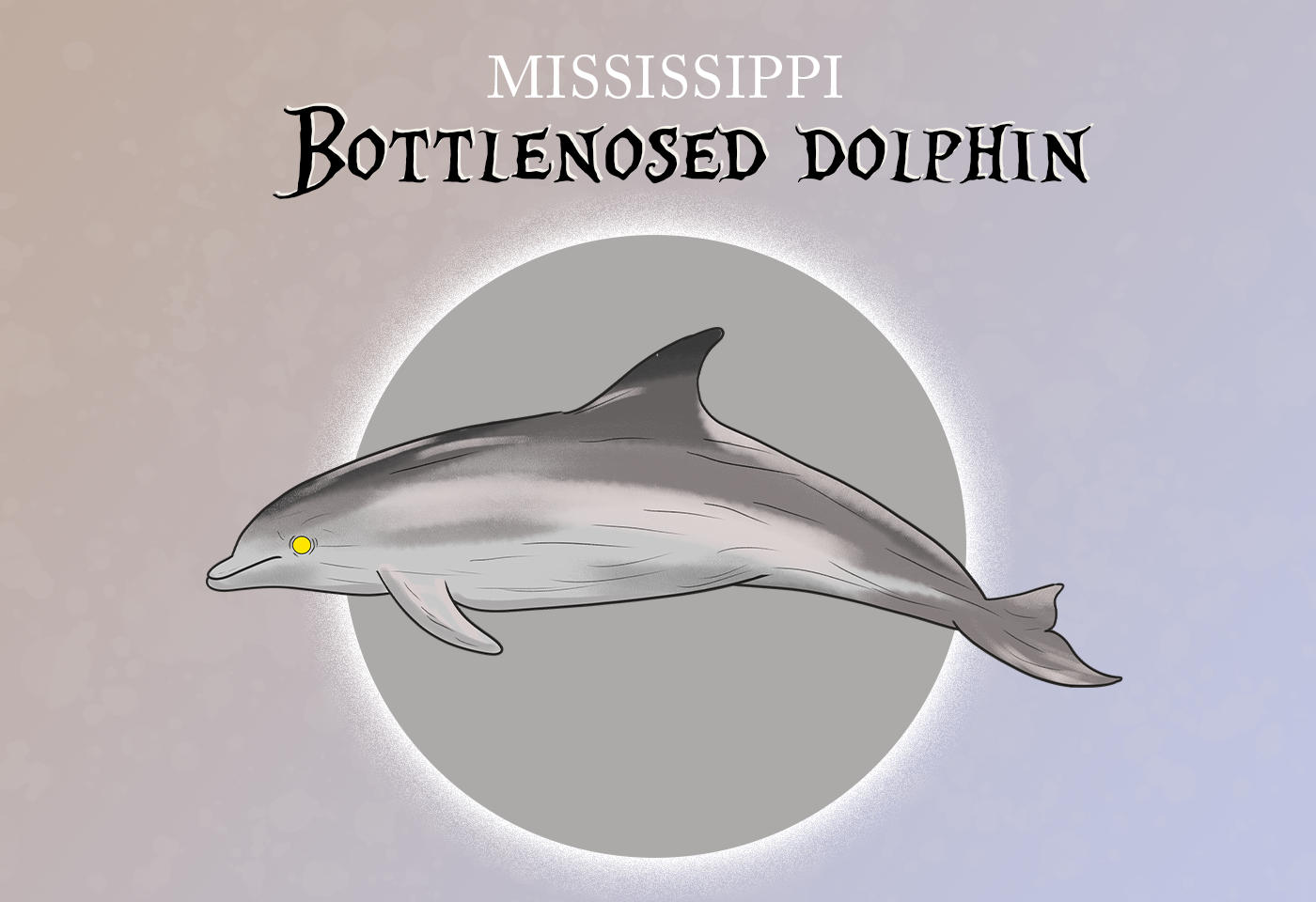
In 1974, Mississippi made the bottlenose dolphin (Tursiops truncatus) its official state water mammal.
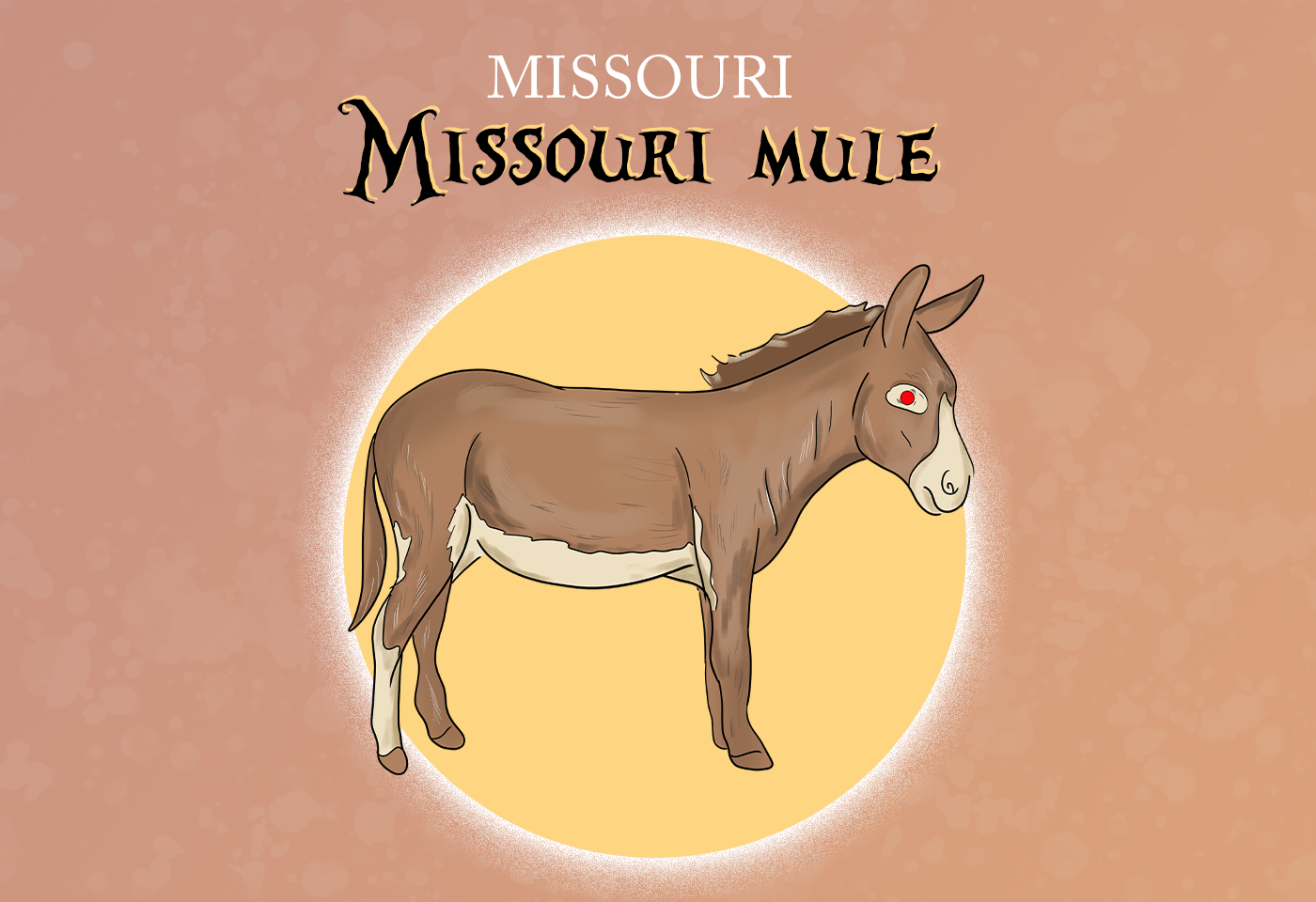
In 1995, Missouri made the Missouri mule its official state animal. Mules were introduced to Missouri in the 1820s and quickly gained popularity among farmers and settlers due to their hardiness.
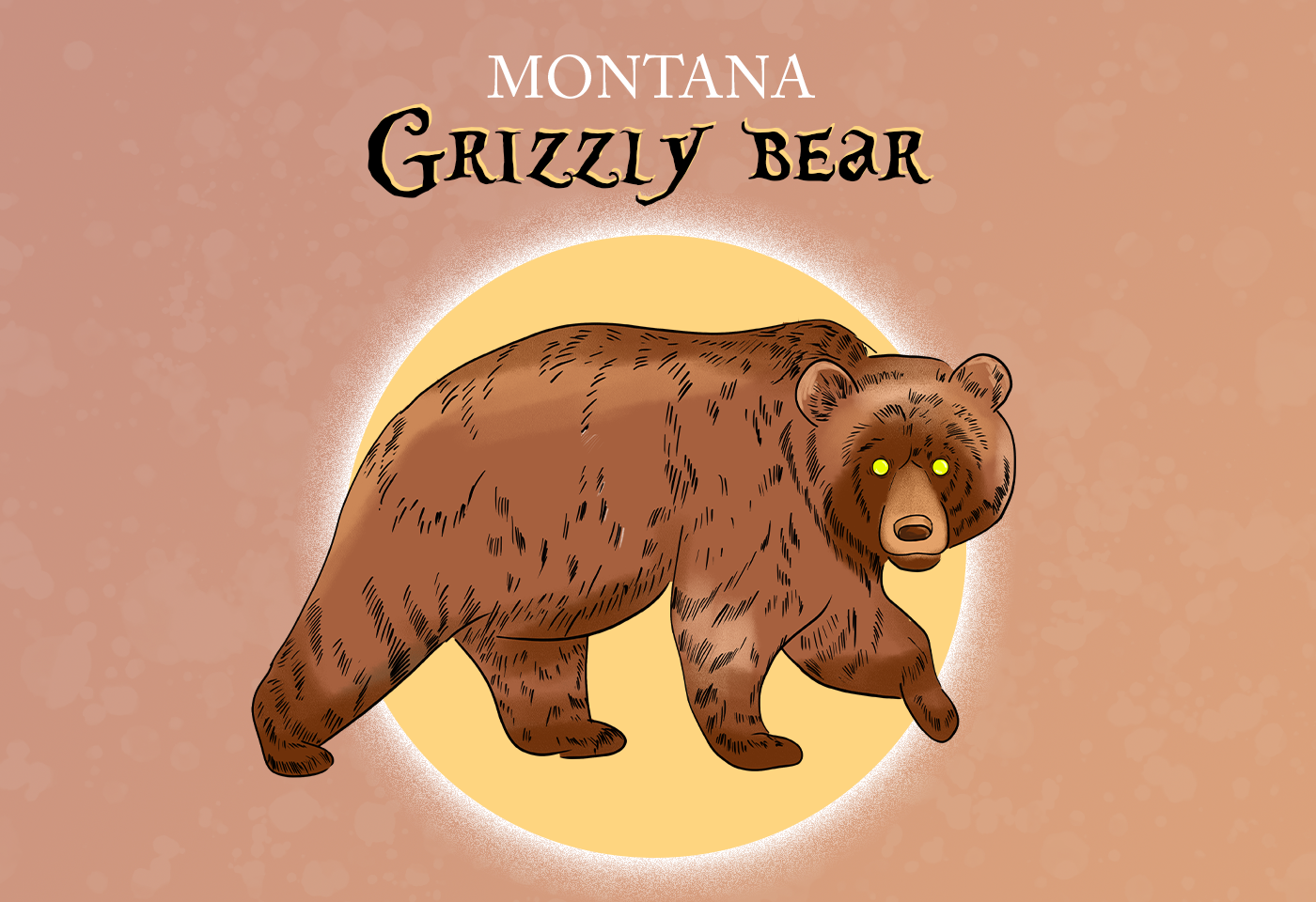
In 1983, Montana made the grizzly bear (Ursus arctos horribilis) its official state animal. Glacier National Park and the mountains of northwest Montana are home to grizzly bears.
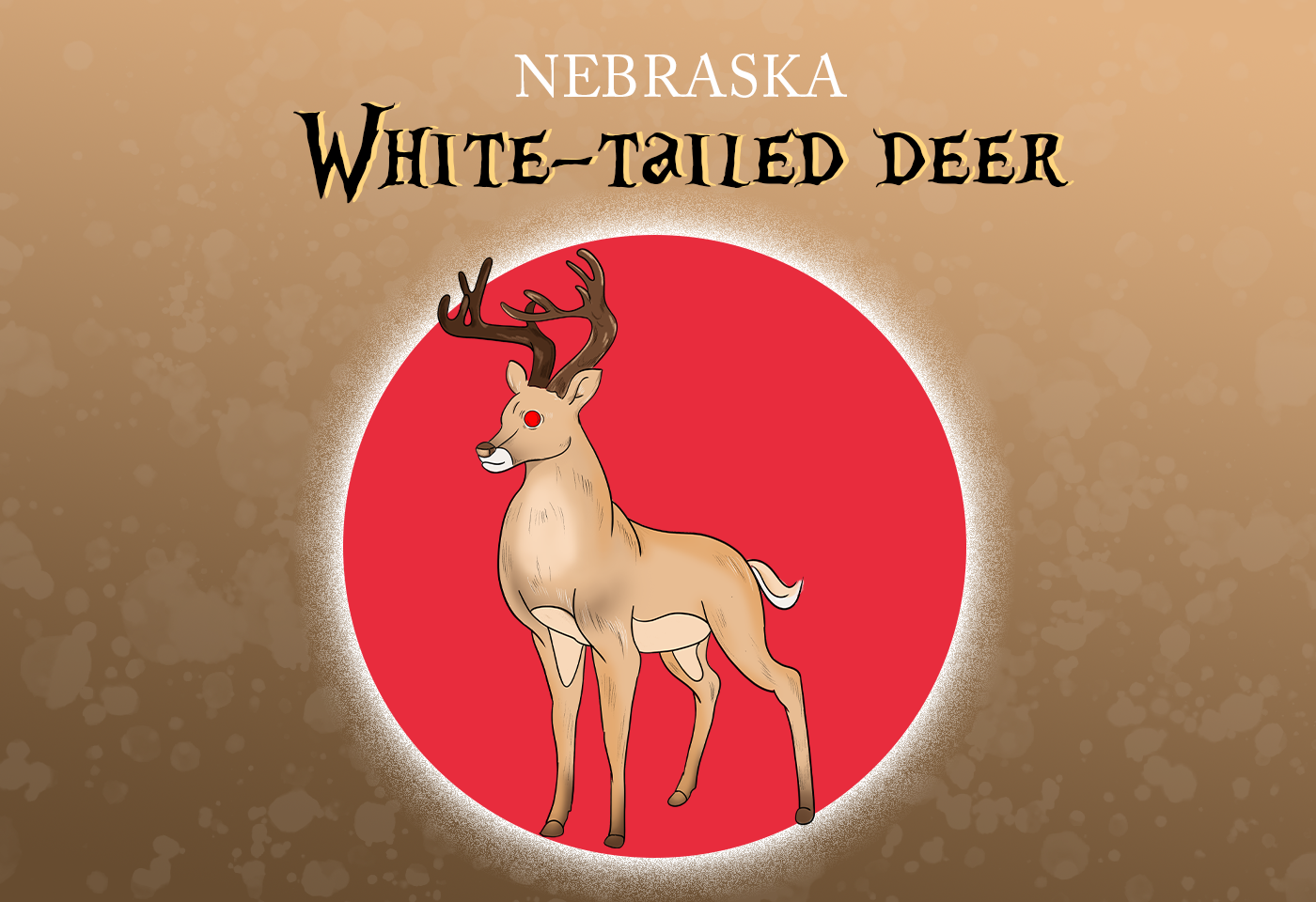
The white-tailed deer (Odocoileus virginianus) was named Nebraska's official state mammal in 1981.
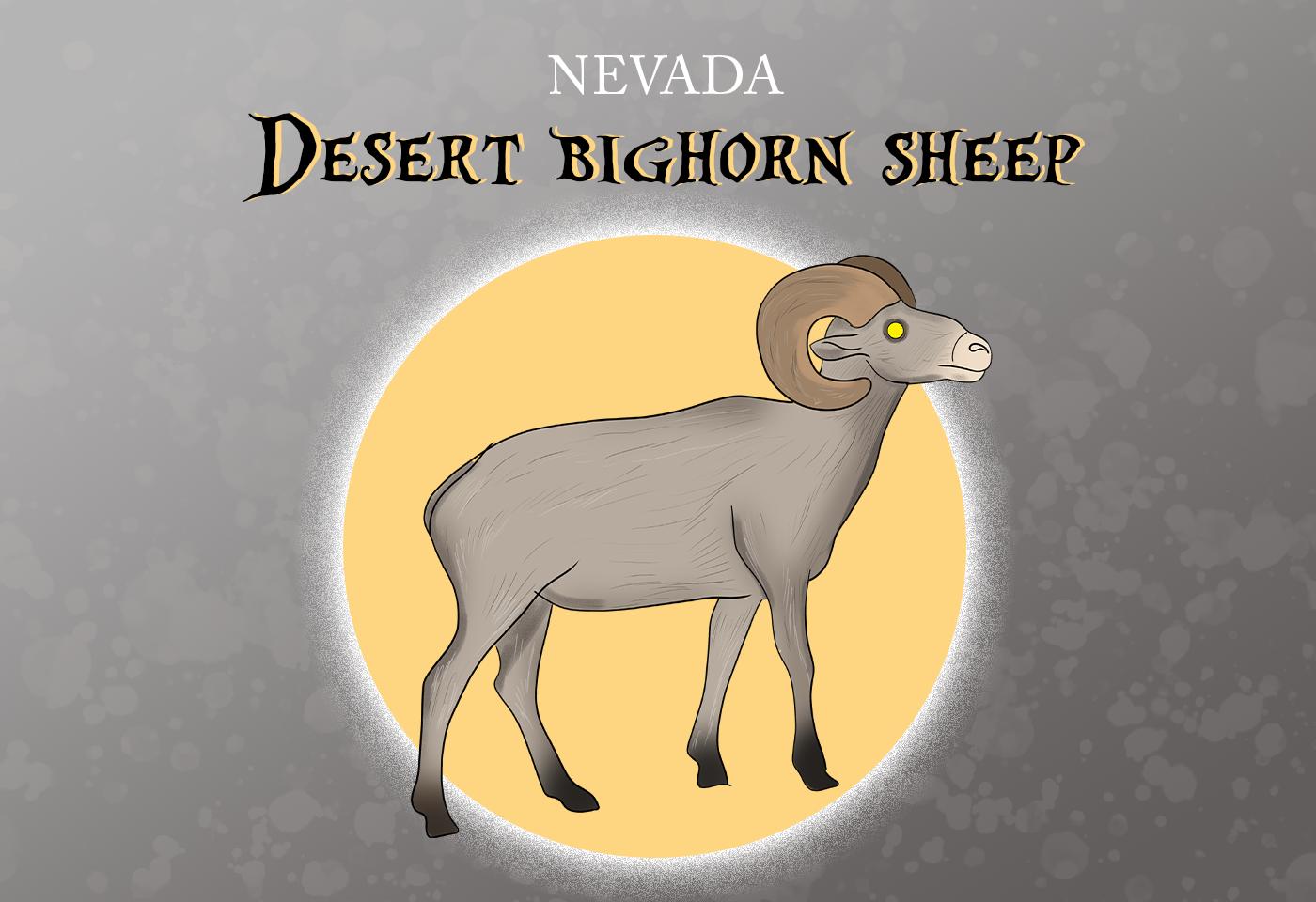
In 1973, Nevada's official state animal was the endangered desert bighorn sheep (Ovis canadensis nelsoni). Desert bighorns are stocky, heavy-bodied sheep (large rams can reach 4-1/2 feet in height and weigh up to 200 pounds). The desert bighorn sheep is found in Nevada's mountainous desert and is smaller than the Rocky Mountain bighorn sheep but has a wider horn spread.
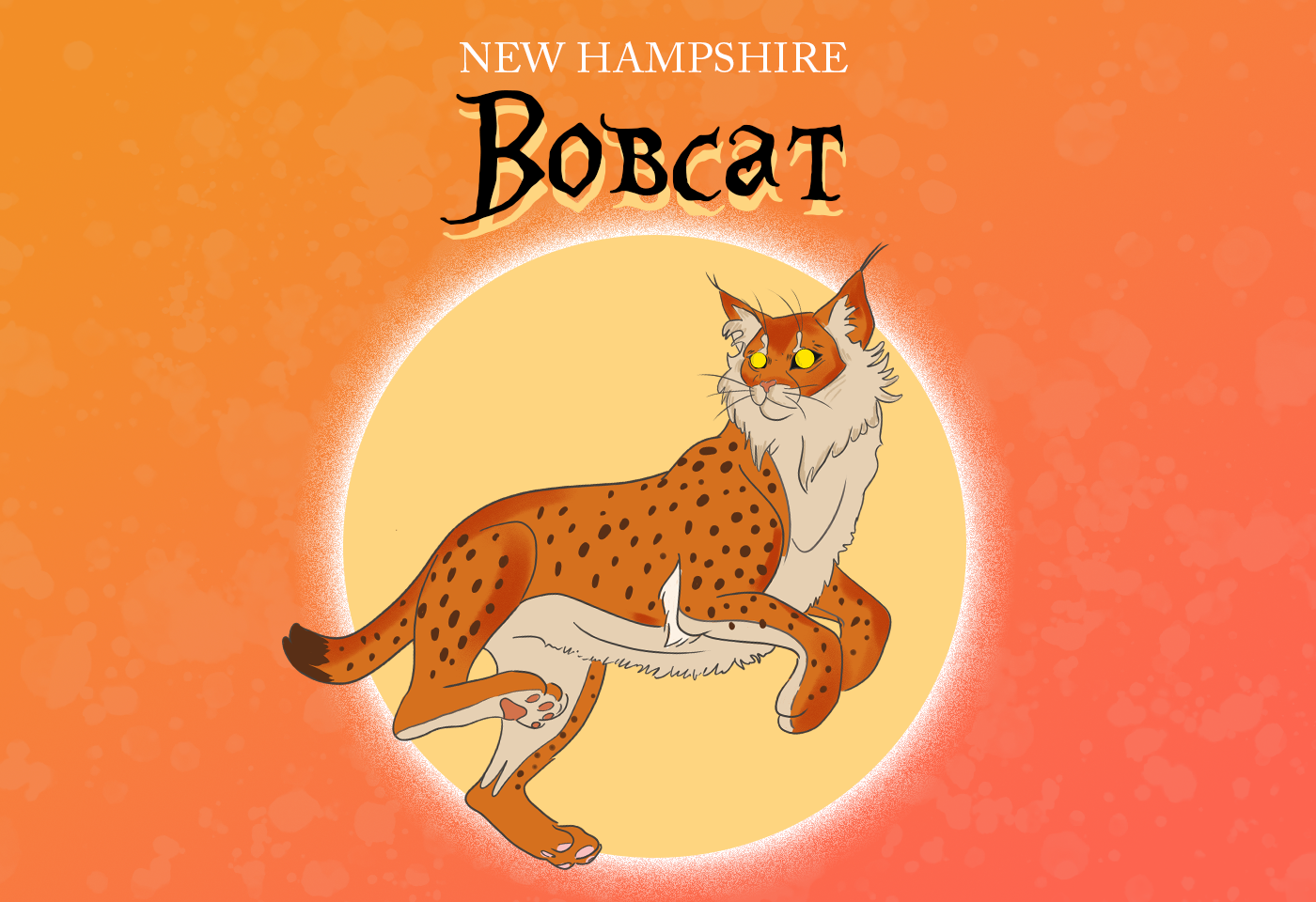
In 2015, the bobcat (Lynx rufus) was named New Hampshire's official state wildcat. The elusive bobcat, which was nearly extinct in New Hampshire during the 1970s and 1980s due to hunting and habitat loss, is returning to the state.
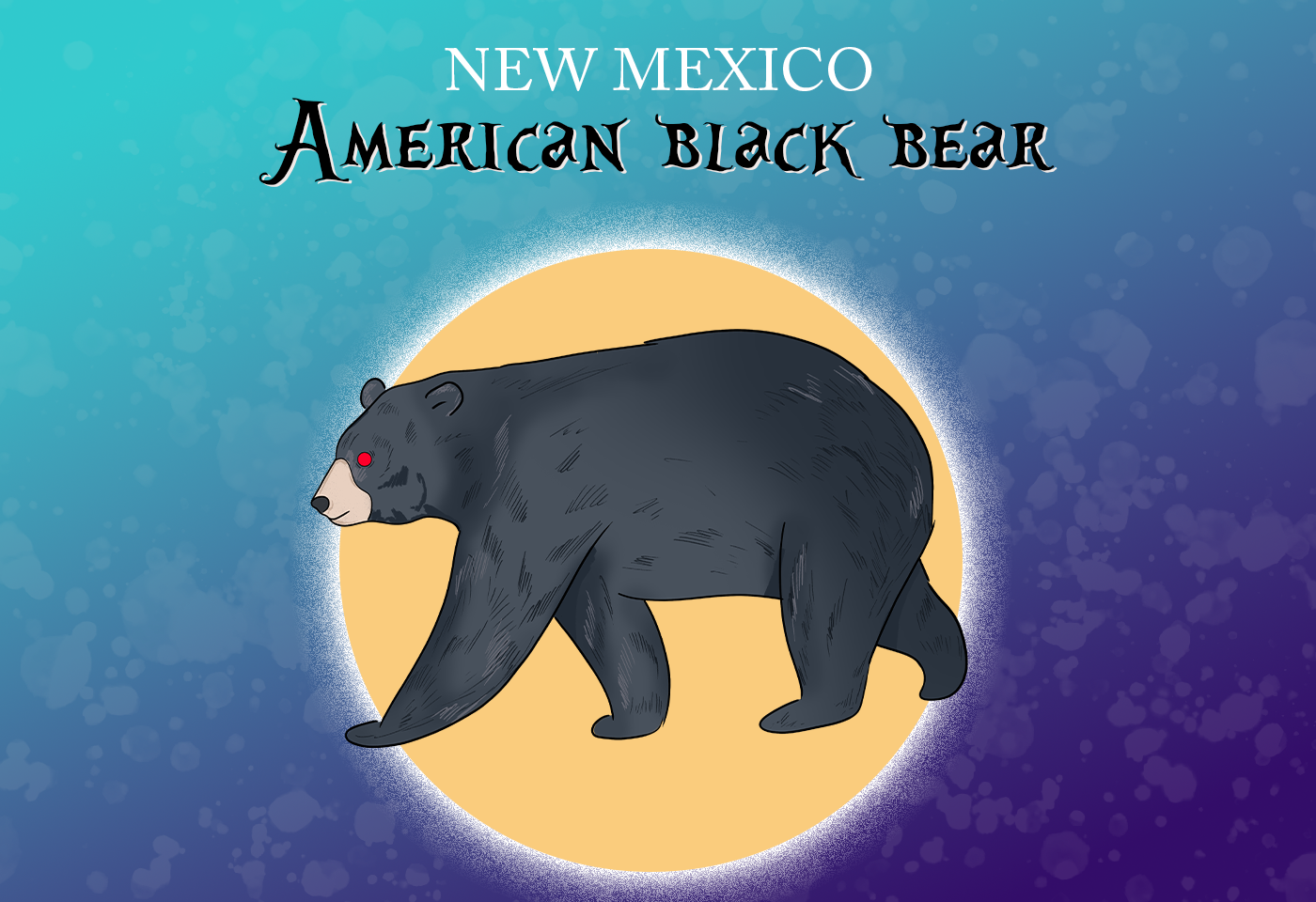
In 1963, the black bear was named the official state animal of New Mexico. The New Mexico Department of Game and Fish's symbol is a black bear's head.
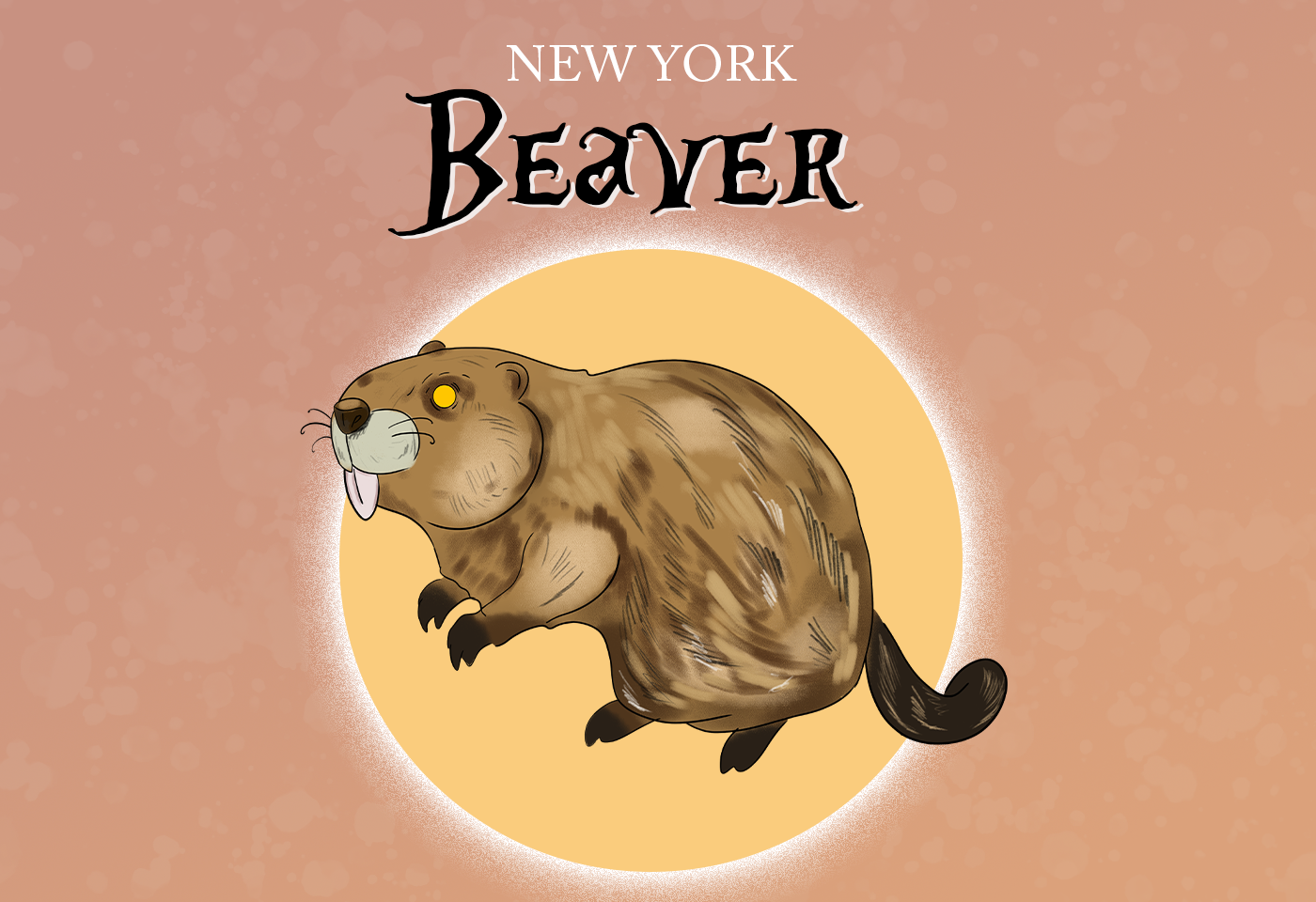
In 1975, the beaver (Castor canadensis) was designated as New York's official state animal. Beavers, which have flat tails and lustrous fur, have the ability to dramatically alter the landscape. Beavers prefer to dam streams in shallow valleys, transforming a large portion of the flooded area into wetlands (almost half of endangered and threatened species in North America rely on wetlands).

In 1988, Ohio made the white-tailed deer (Odocoileus virginianus) its official state animal. The iconic white-tailed deer is a state symbol in eleven states.
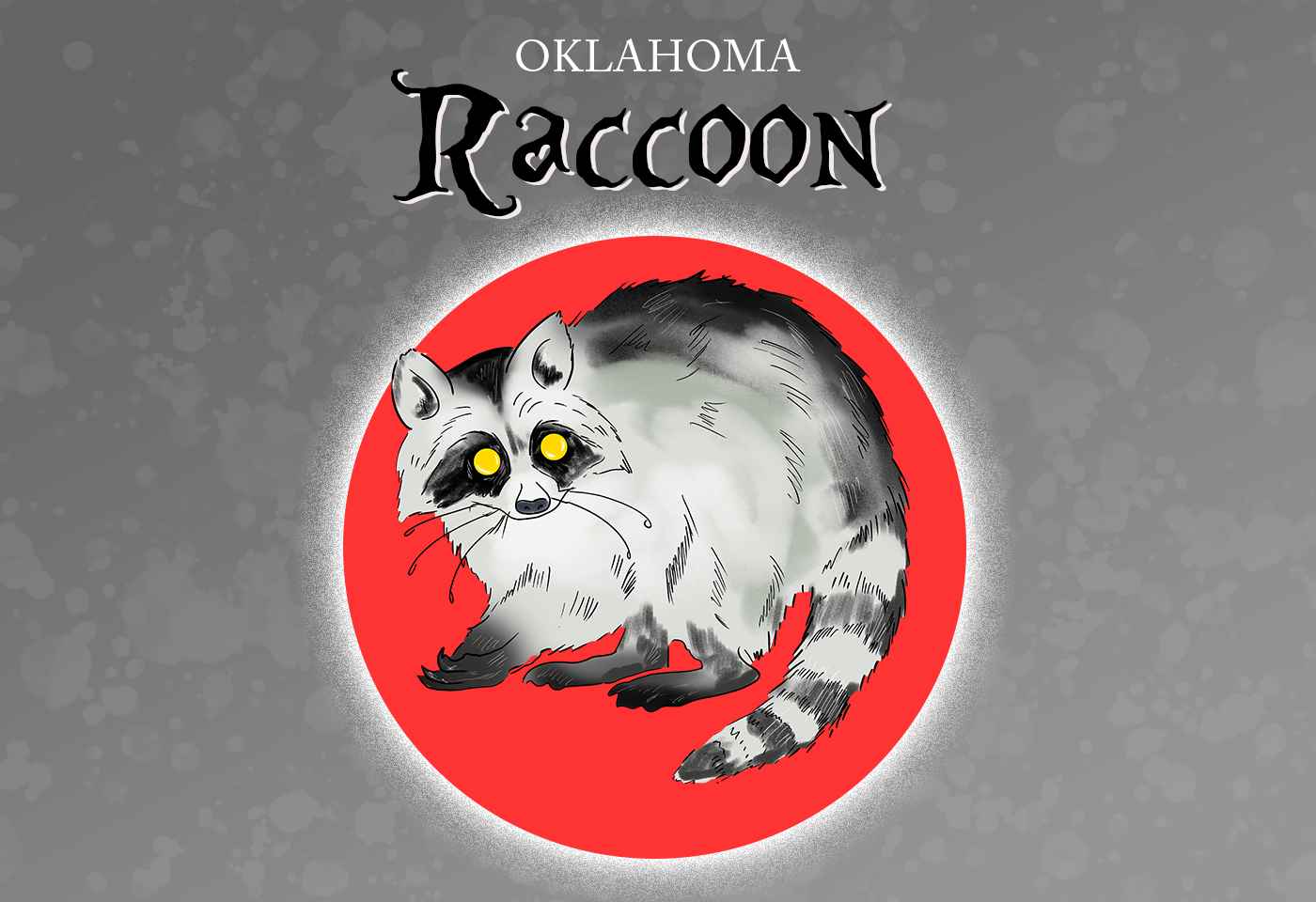
In 1989, Oklahoma made the raccoon its official state fur-bearing animal. The common raccoon (Procyon lotor) is an American mammal. The word "raccoon" comes from the Algonquian Native American word "aroughcoune," which means "he who scratches with his hands." Except for the Rockies and the desert southwest, raccoons can be found throughout the lower continent.
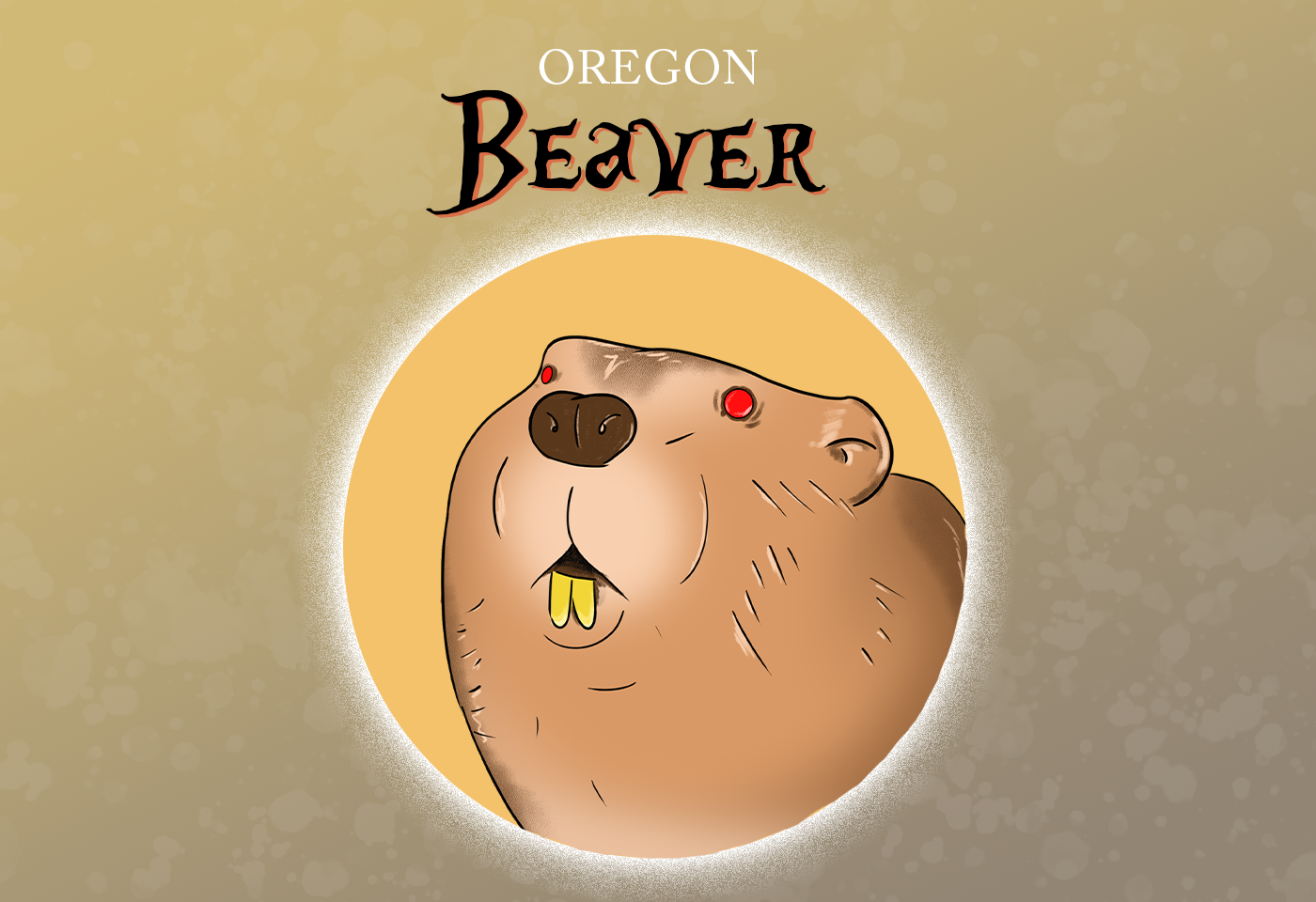
In 1969, Oregon made the beaver (Castor canadensis) its official state animal. The state flag features a beaver on the reverse, and Oregon is known as The Beaver State.
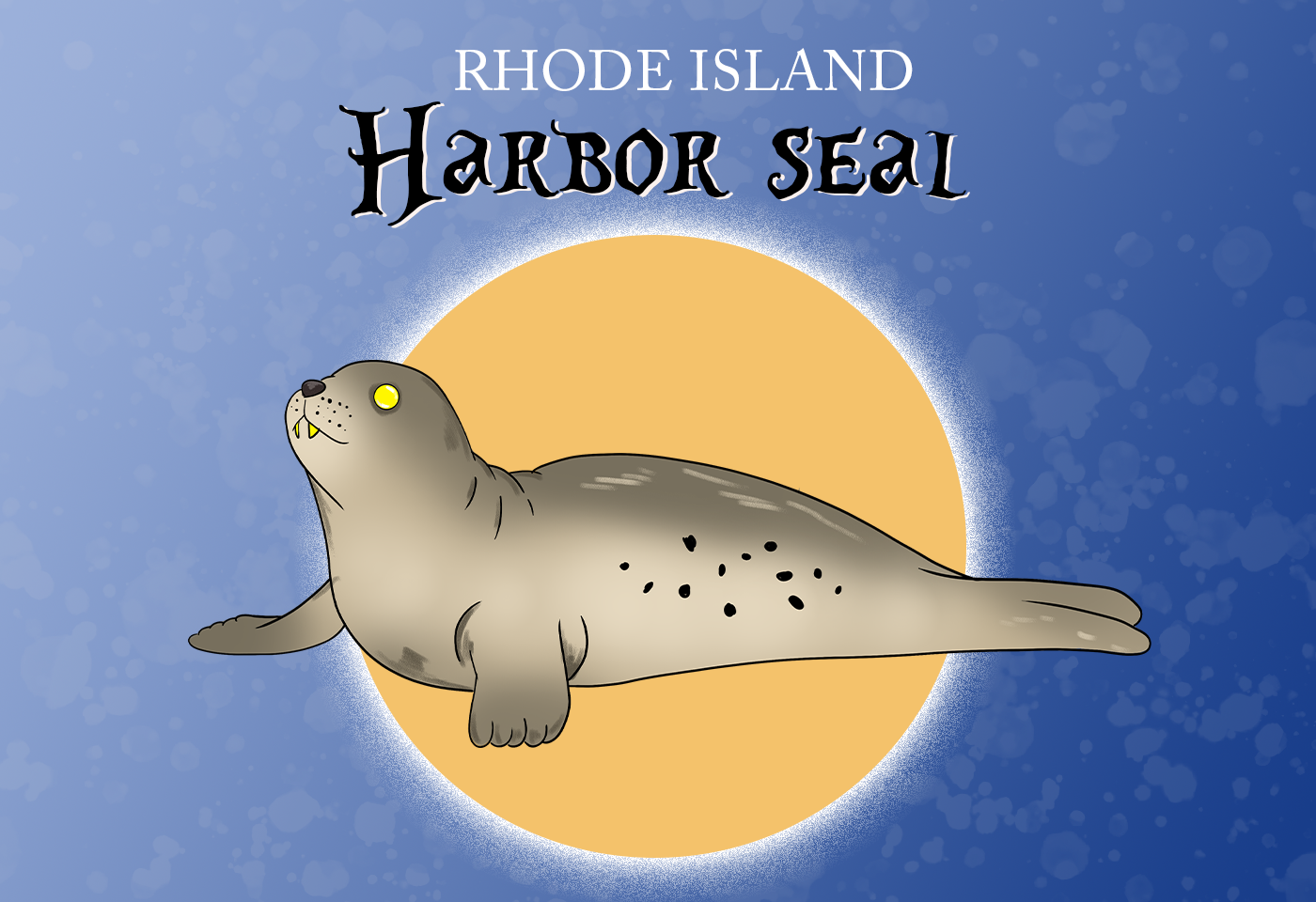
On July 14, 2016, Rhode Island made the harbor seal its official state marine mammal. Harbor seals (Phoca vitulina) are large mammals that grow to be about six feet long and weigh about 245 pounds (males are slightly larger than females). They live for about 25-30 years and eat mostly fish, shellfish, and crustaceans.

In 2009, South Carolina made the northern right whale its official state migratory marine mammal. During the breeding and calving seasons, the right whale can be found off the coast of South Carolina.
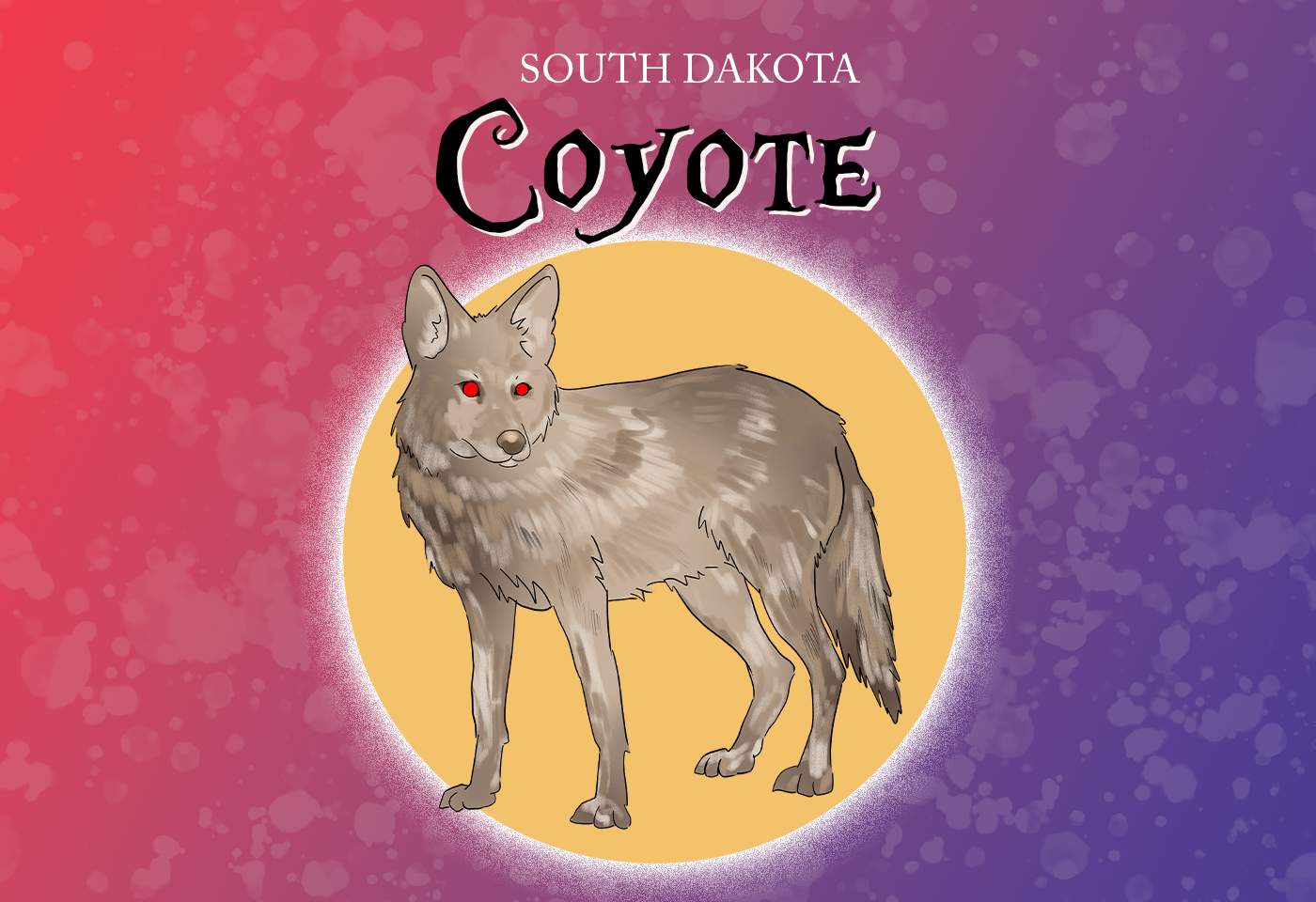
In 1949, the coyote (Canis latrans) was named the official state animal of South Dakota. The coyote is most common in South Dakota in the Black Hills and along the Missouri River and its tributaries.
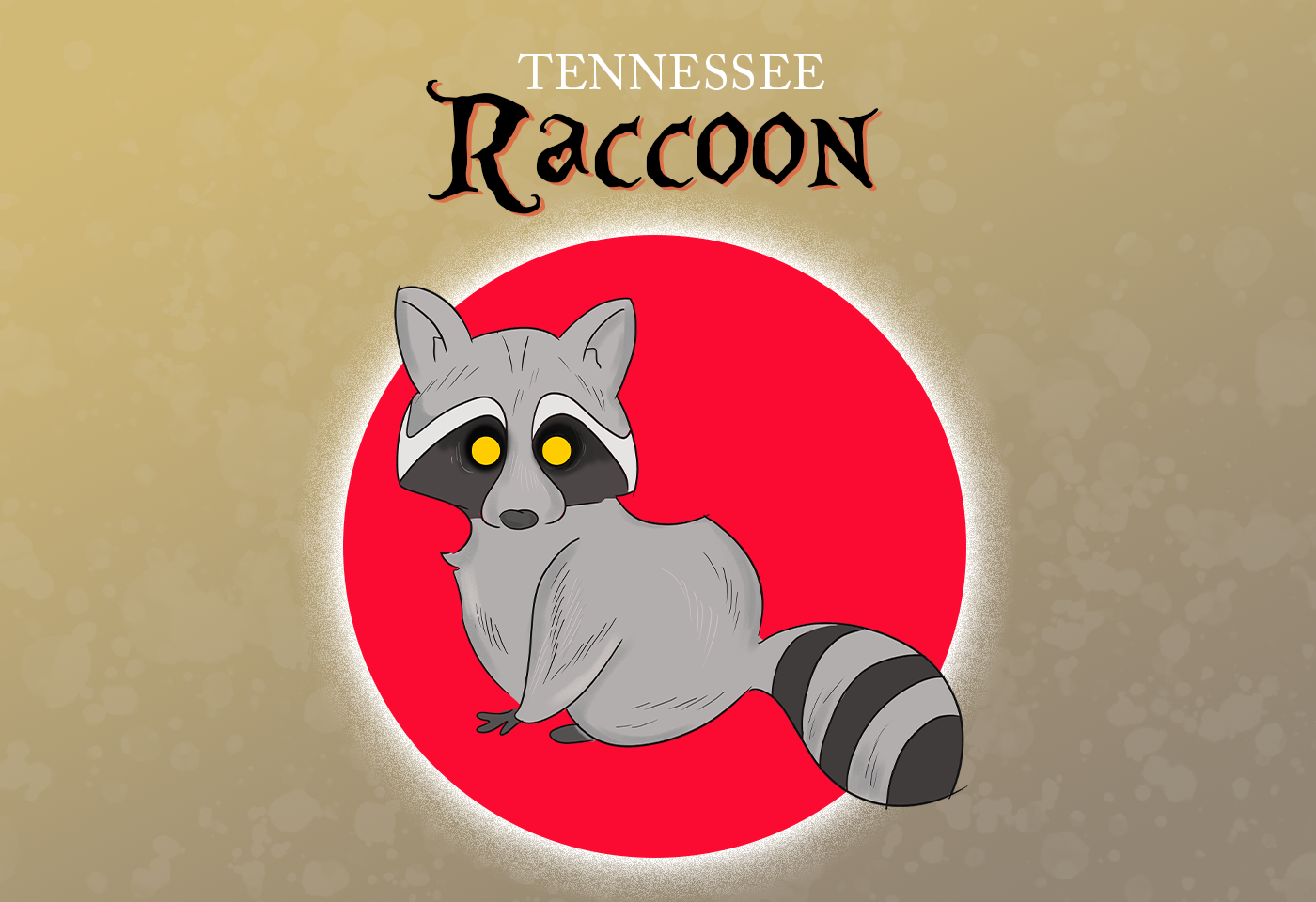
In 1971, the raccoon was designated as Tennessee's official wild animal symbol. Tennessee's official state painting, "Tennessee Treasures," also features a raccoon.
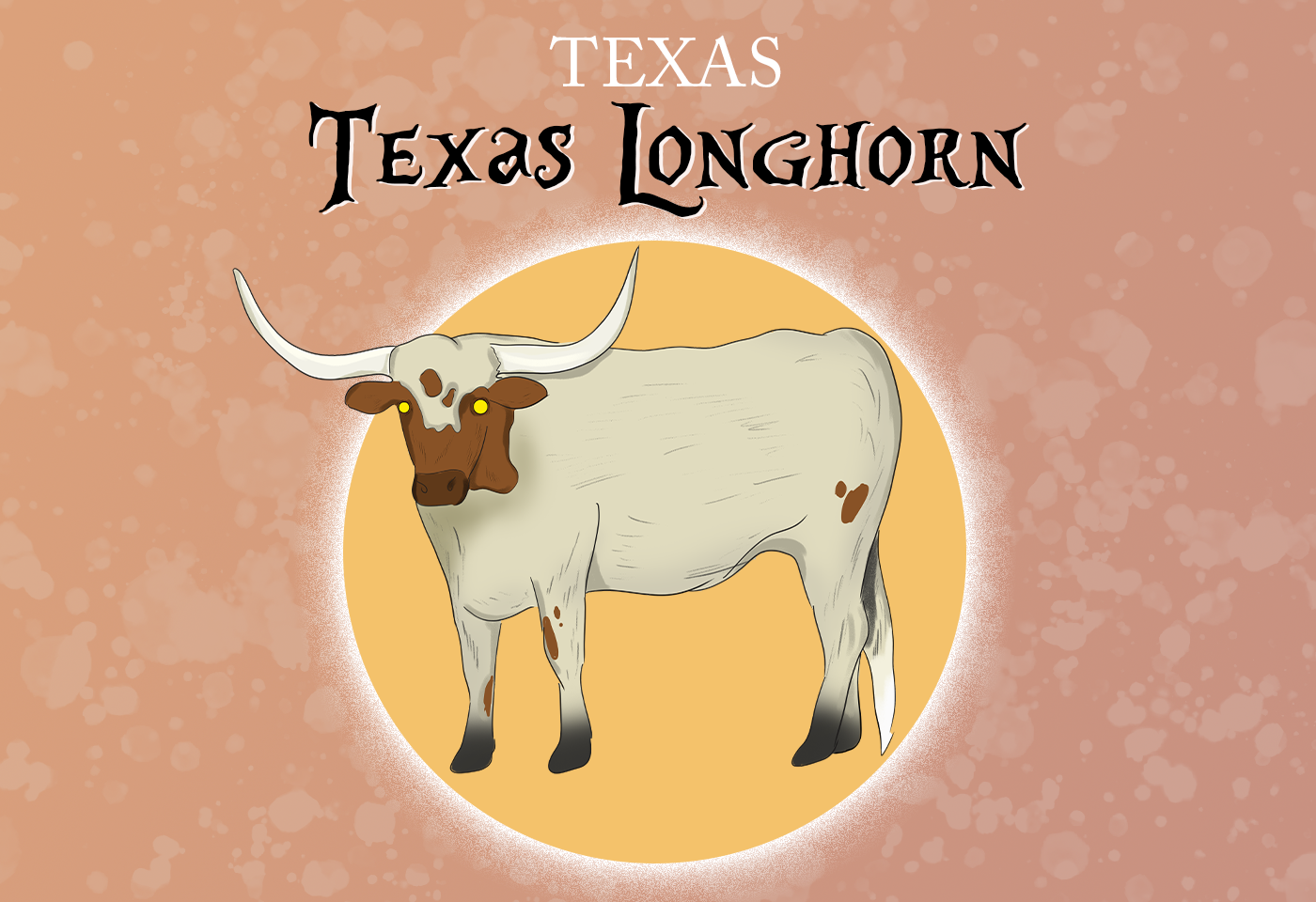
In 1995, Texas designated the iconic longhorn as the official state large mammal. The Texas longhorn was on its way to extinction by the 1920s. This unique breed was saved thanks to the efforts of Texas Forest Service personnel who collected small herds and placed them in Texas state parks.
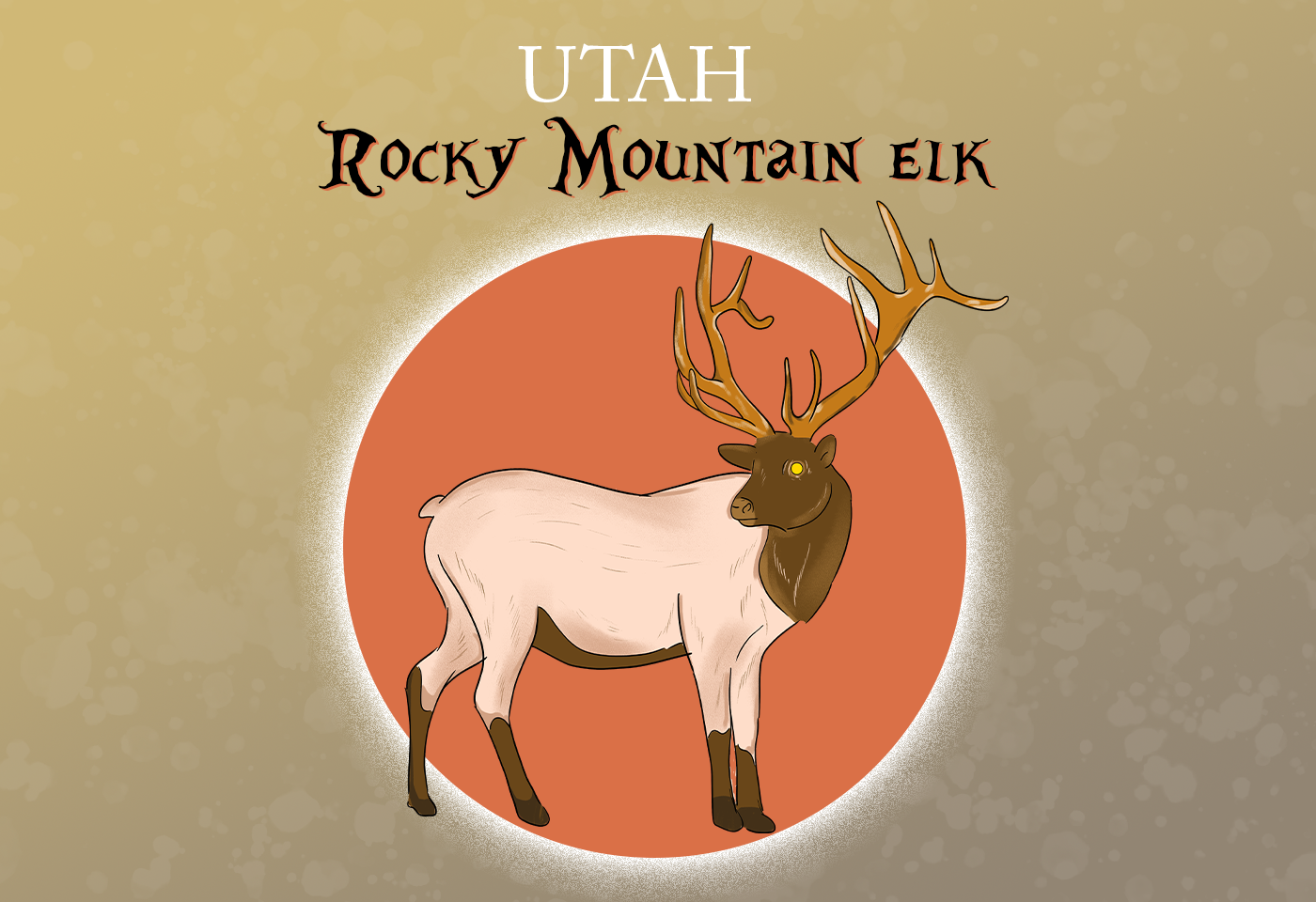
In 1971, the Rocky Mountain elk (Cervus canadensis) was designated as Utah's official state animal. Elk once roamed the majority of the United States, but they are now only found west of the Rocky Mountains in Utah.
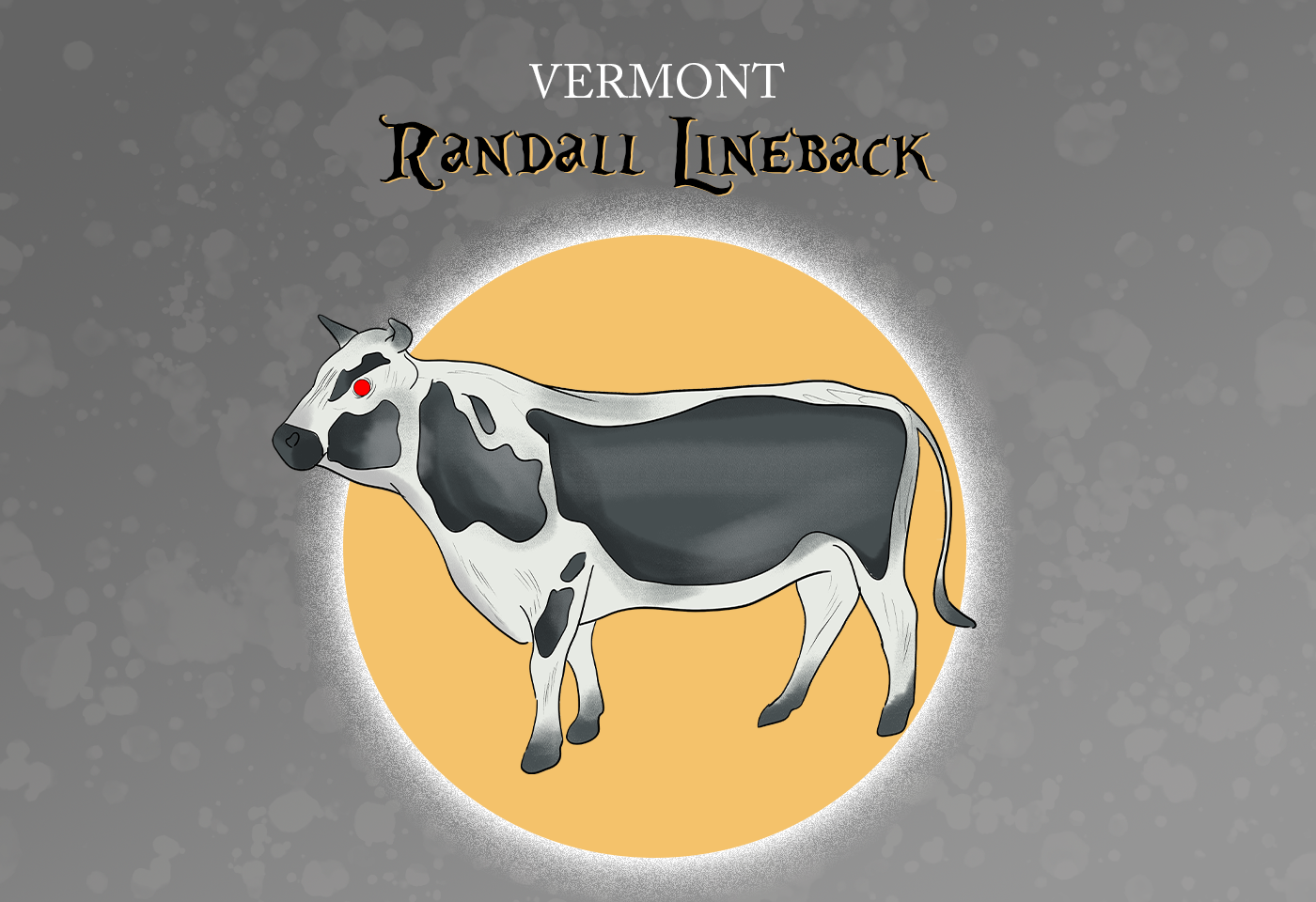
In 2006, Vermont designated the Randall lineback breed of cattle (Bos primigenius) as its official state heritage livestock breed.
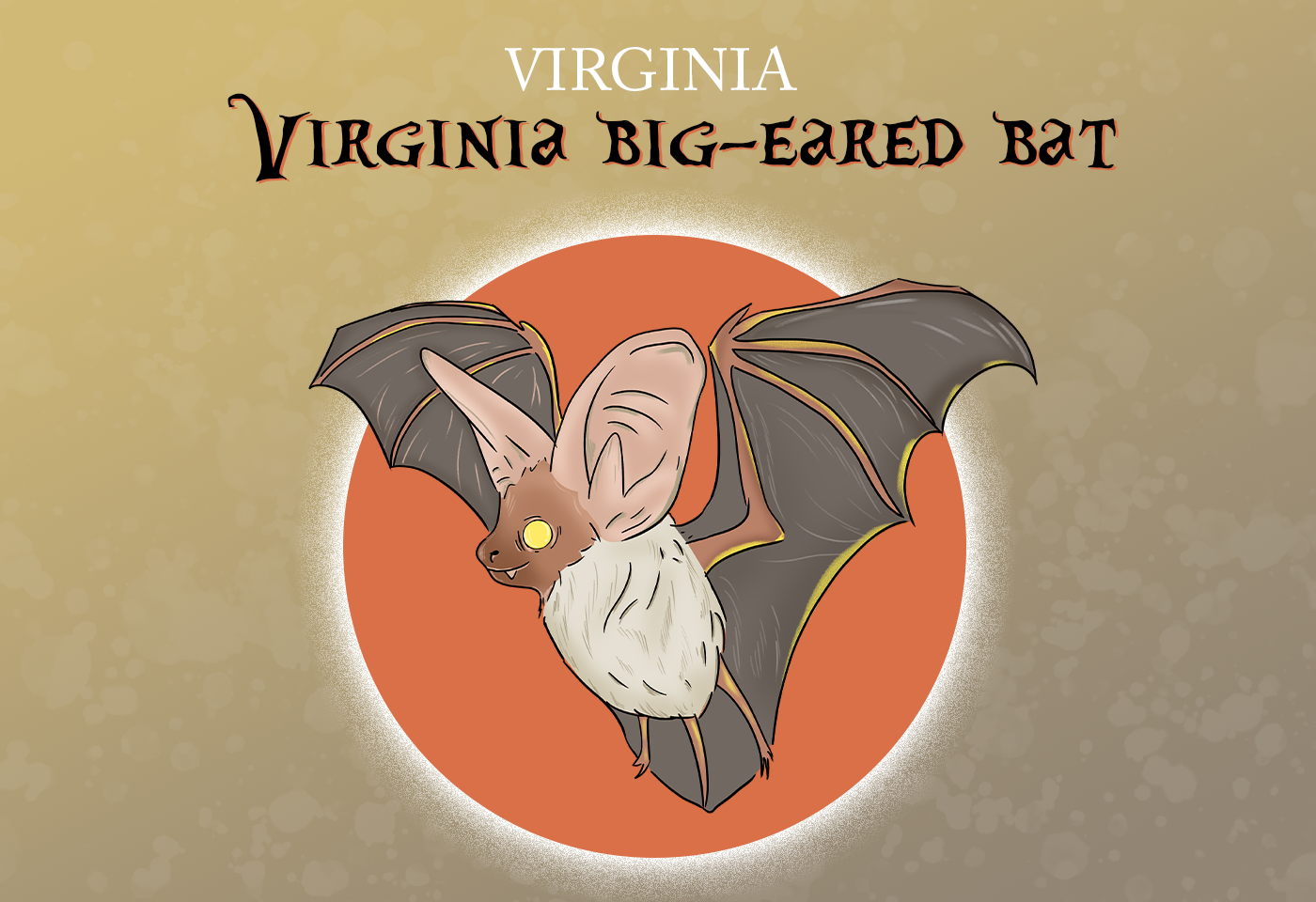
In 2005, the endangered Virginia big-eared bat (Corynorhinus townsendii virginianus) was designated as Virginia's official state bat; this symbol helps to educate Virginians about caves and the creatures that inhabit them.
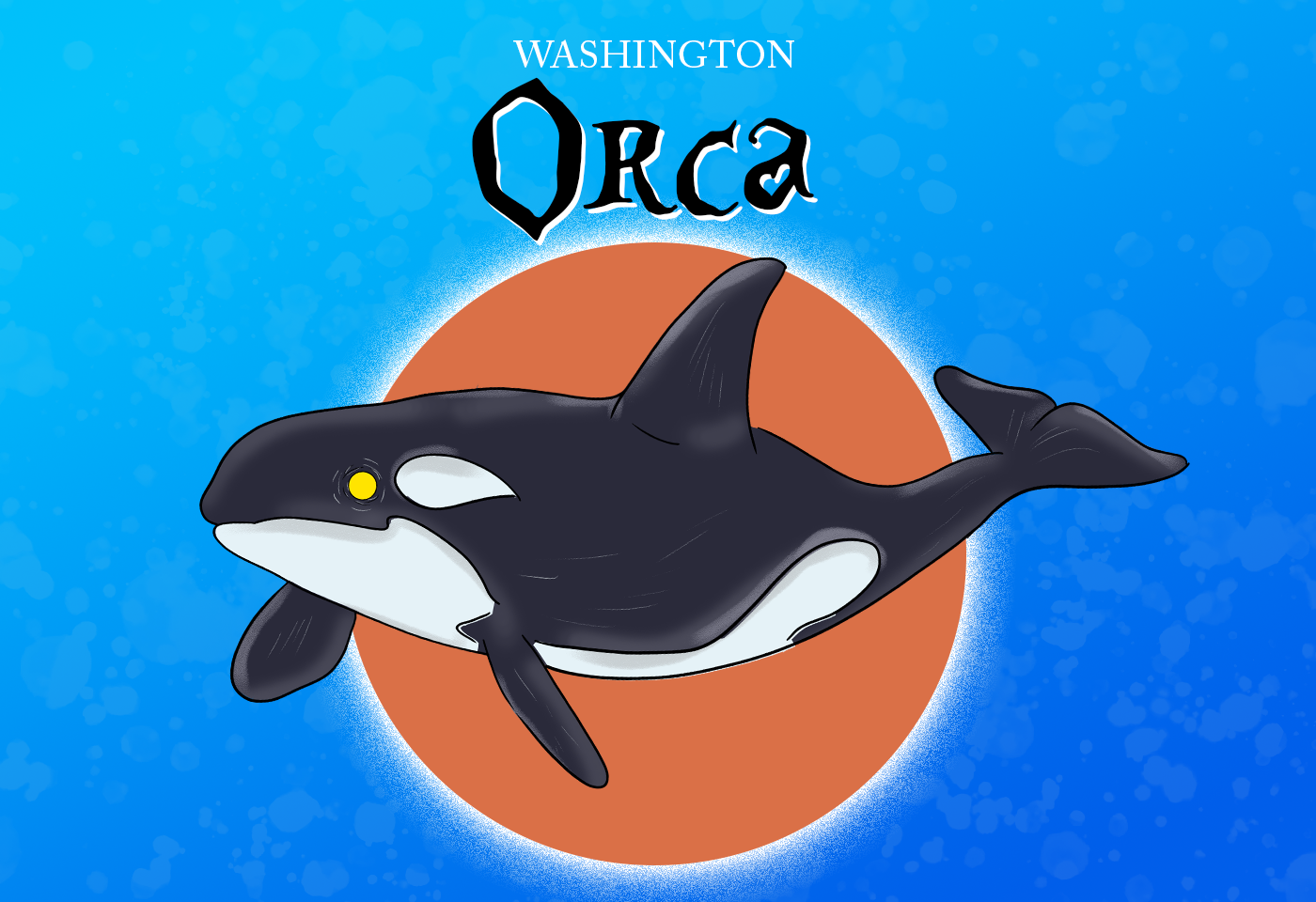
The orca whale (Orcinus orca) was named the official state marine mammal of Washington in 2005. This symbol is meant to raise orca awareness and encourage the preservation of natural marine habitat. Orca pods migrate through Puget Sound every year, and many people come to watch them. The orca whale is also a significant cultural symbol for Native Americans.
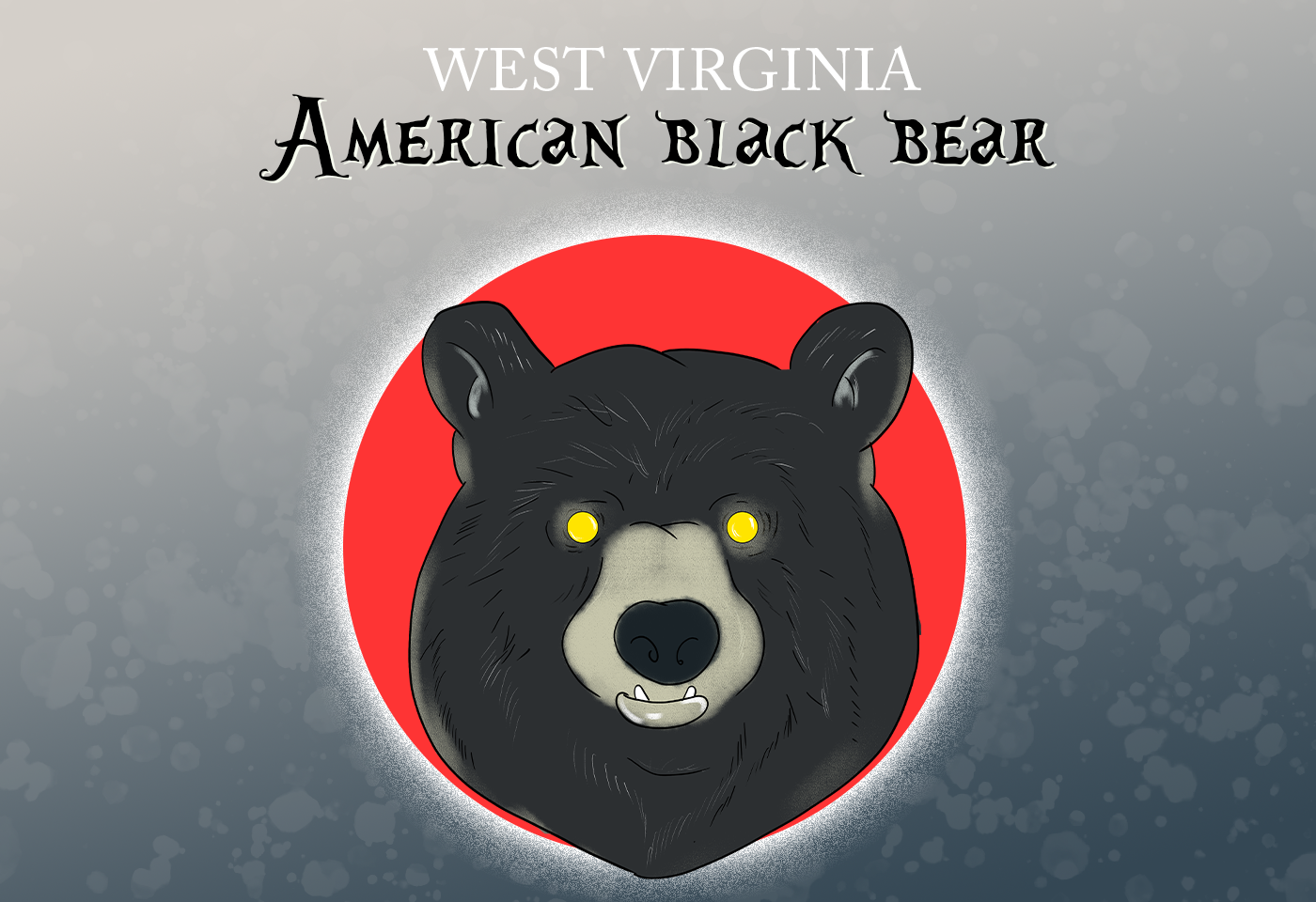
On March 23, 1973, the West Virginia Legislature designated the black bear as the state animal. Black bears can be found in all 55 counties of West Virginia.
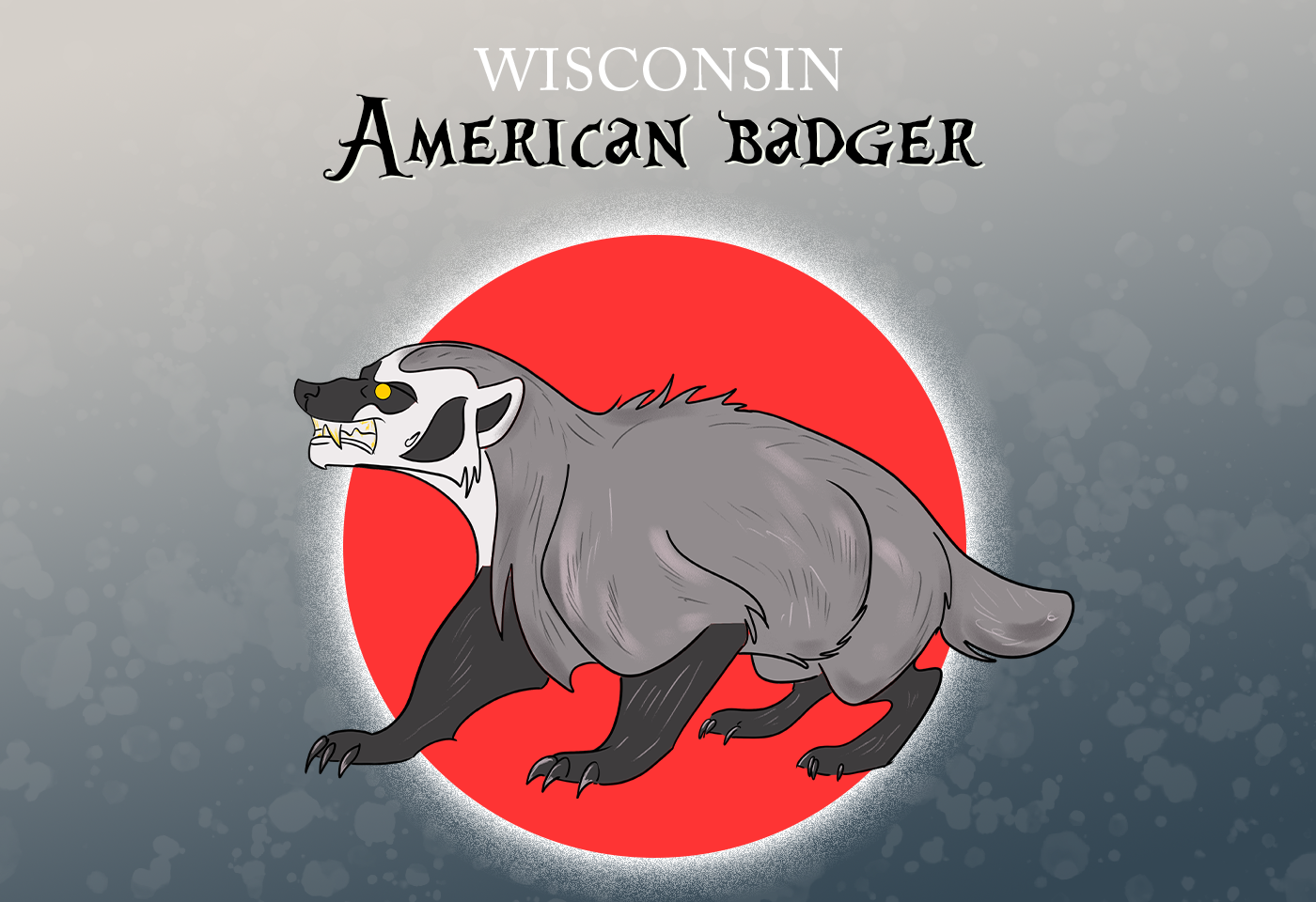
The badger (Taxidea taxus) was named Wisconsin's official state animal in 1957. Wisconsin's state flag, state seal, and even the state song feature a badger.
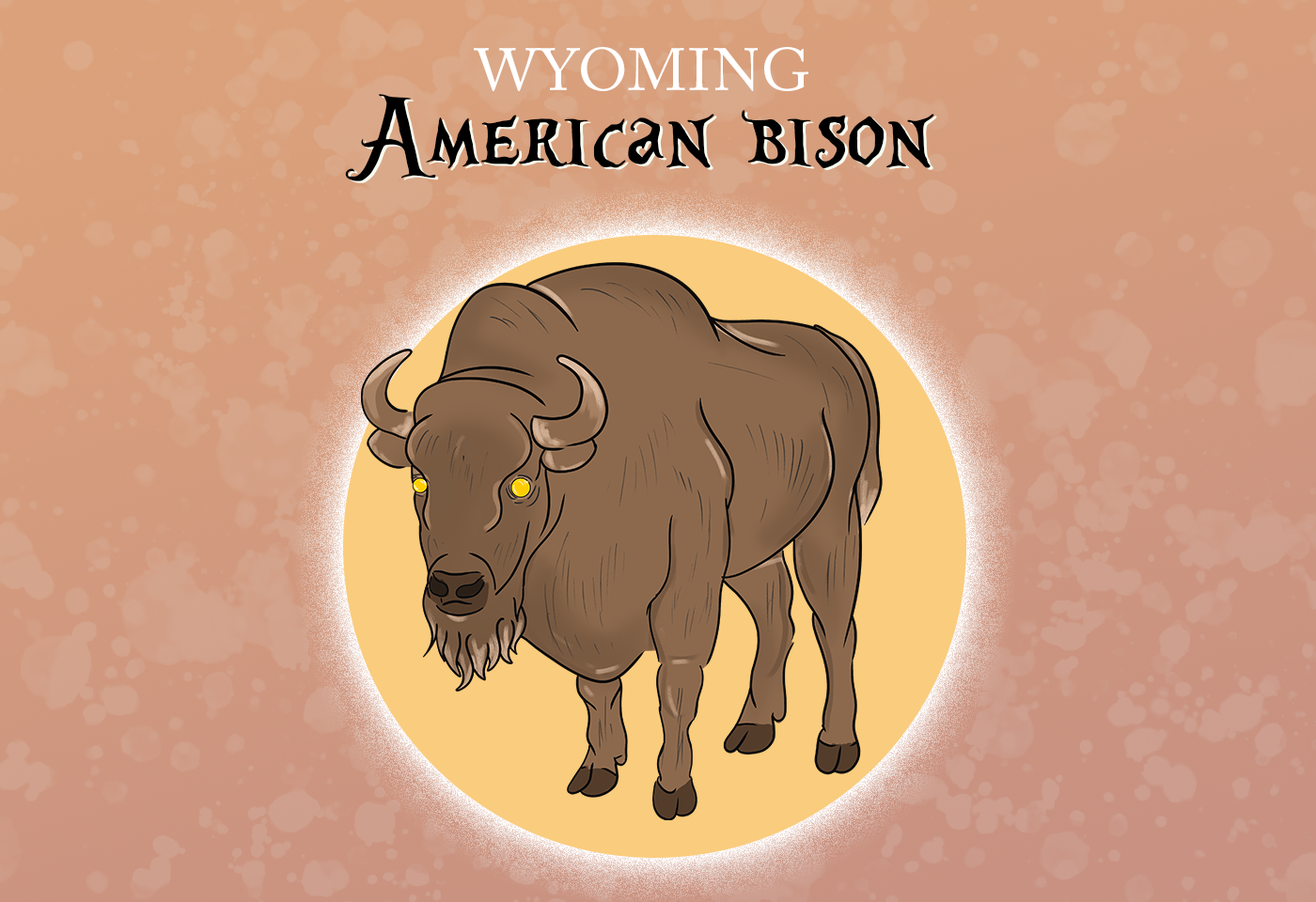
In 1985, Wyoming made the American bison its official state mammal. The American bison (Bison bison) is inextricably linked to American history; no other wild animal has had such an impact on human affairs. Native American Plains tribes relied on bison for food, shelter, clothing, and as a powerful spiritual symbol.
